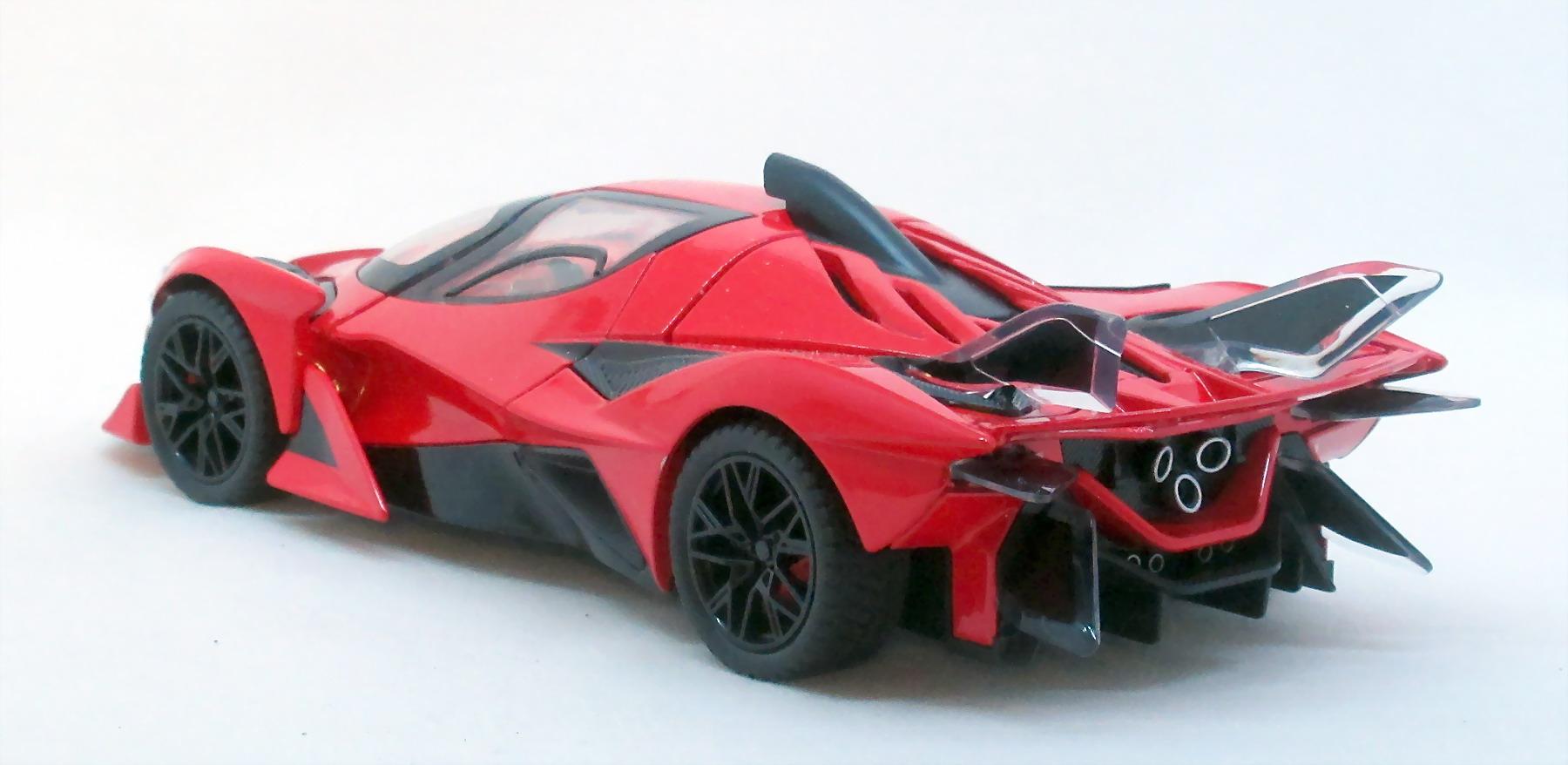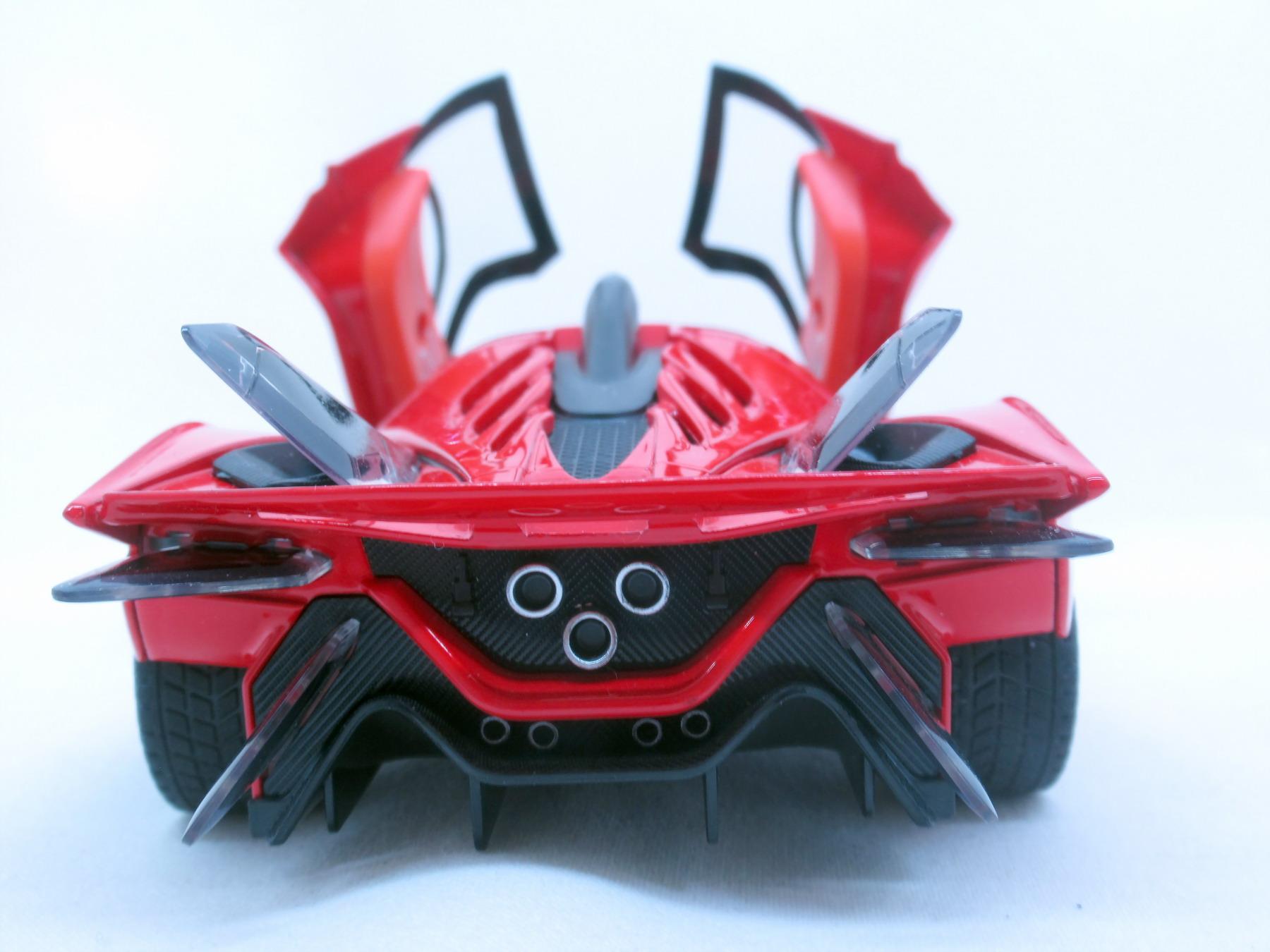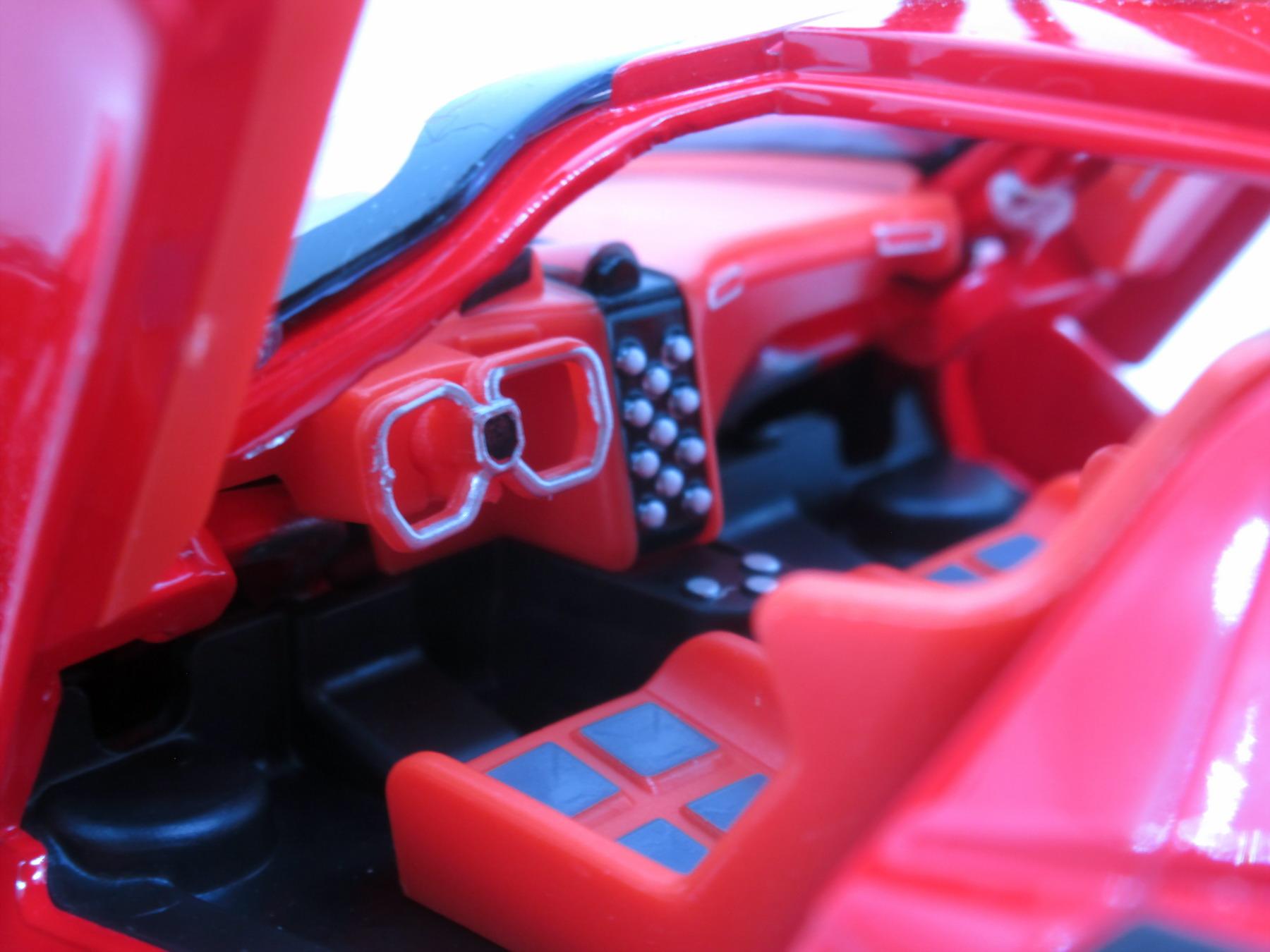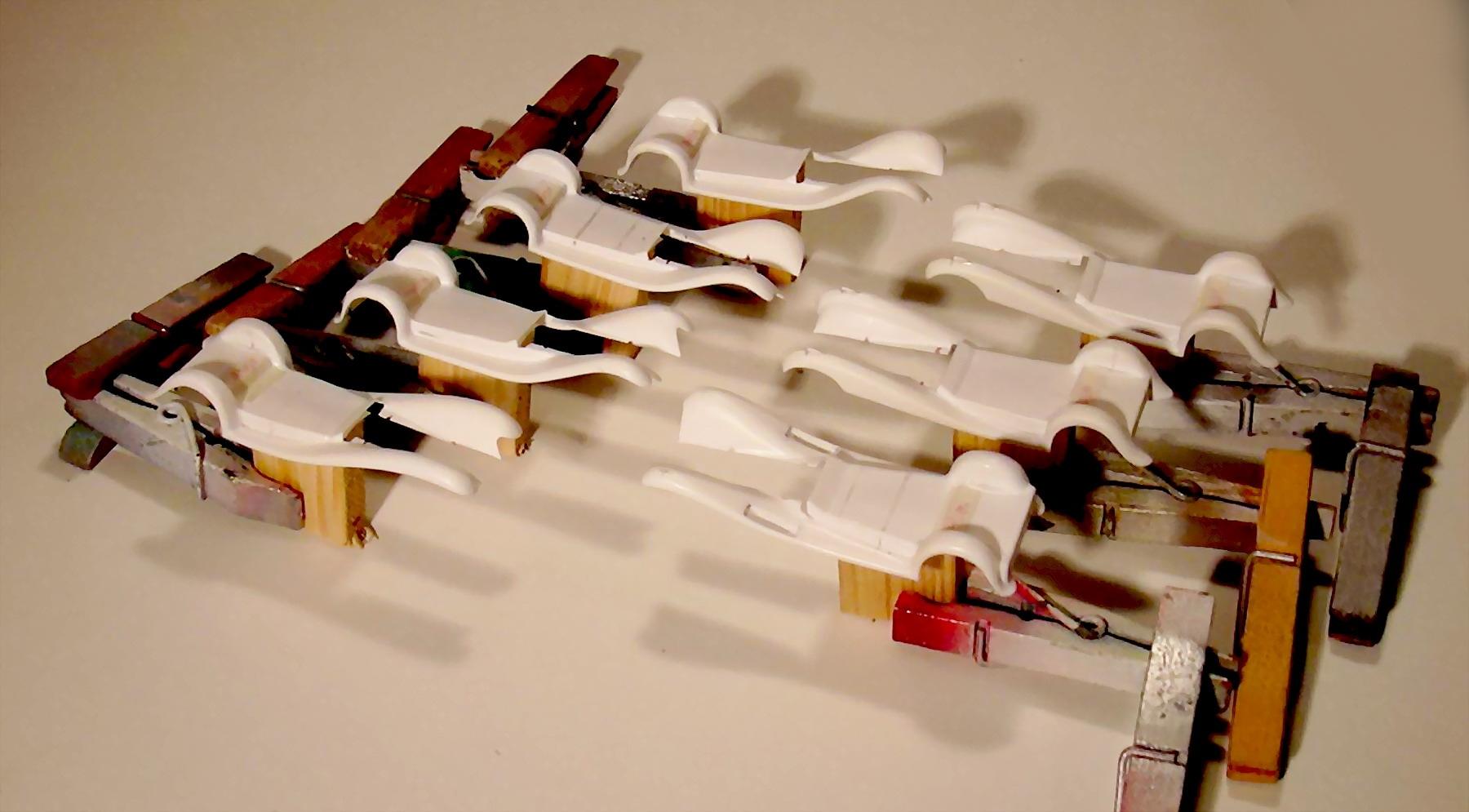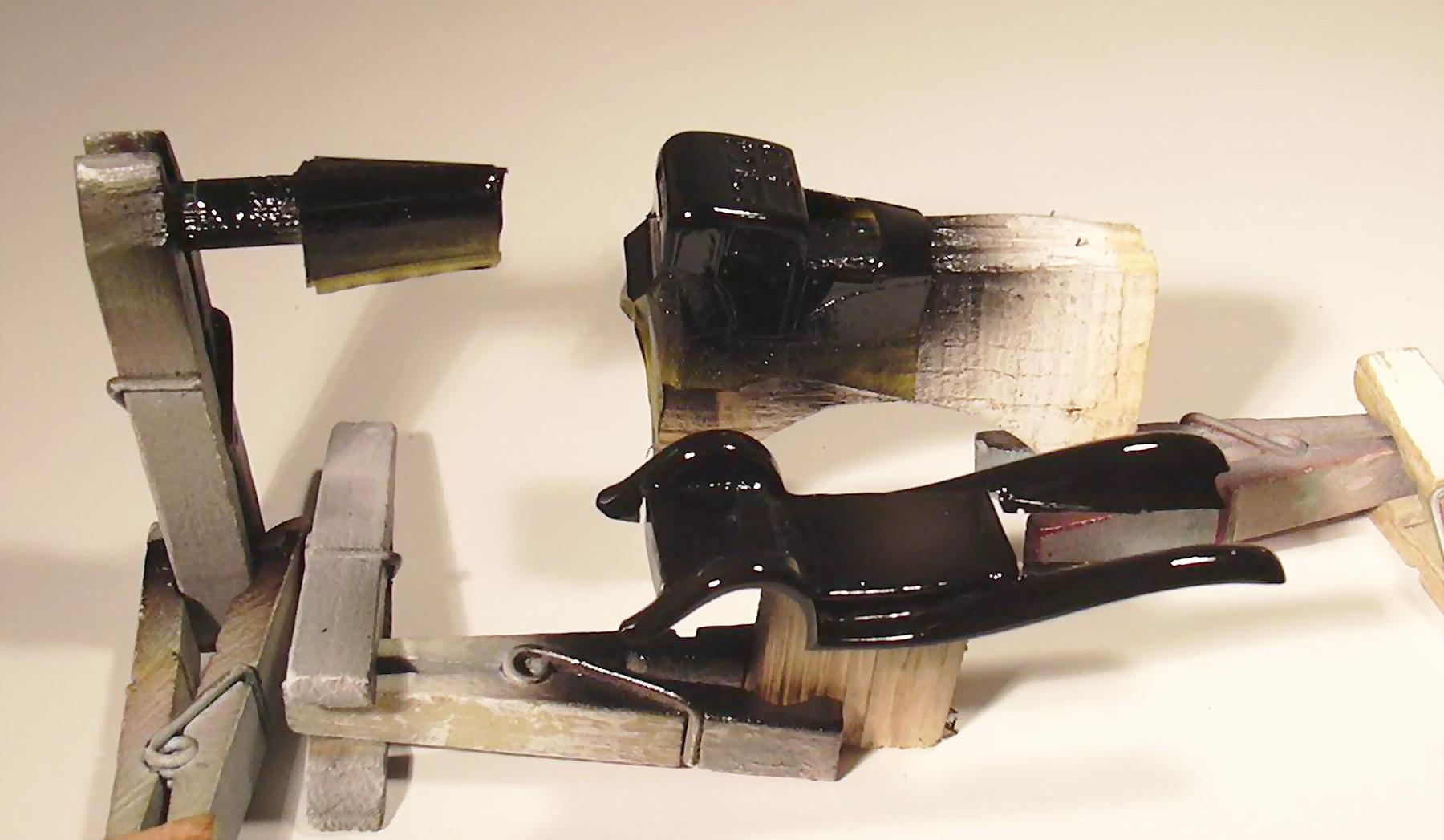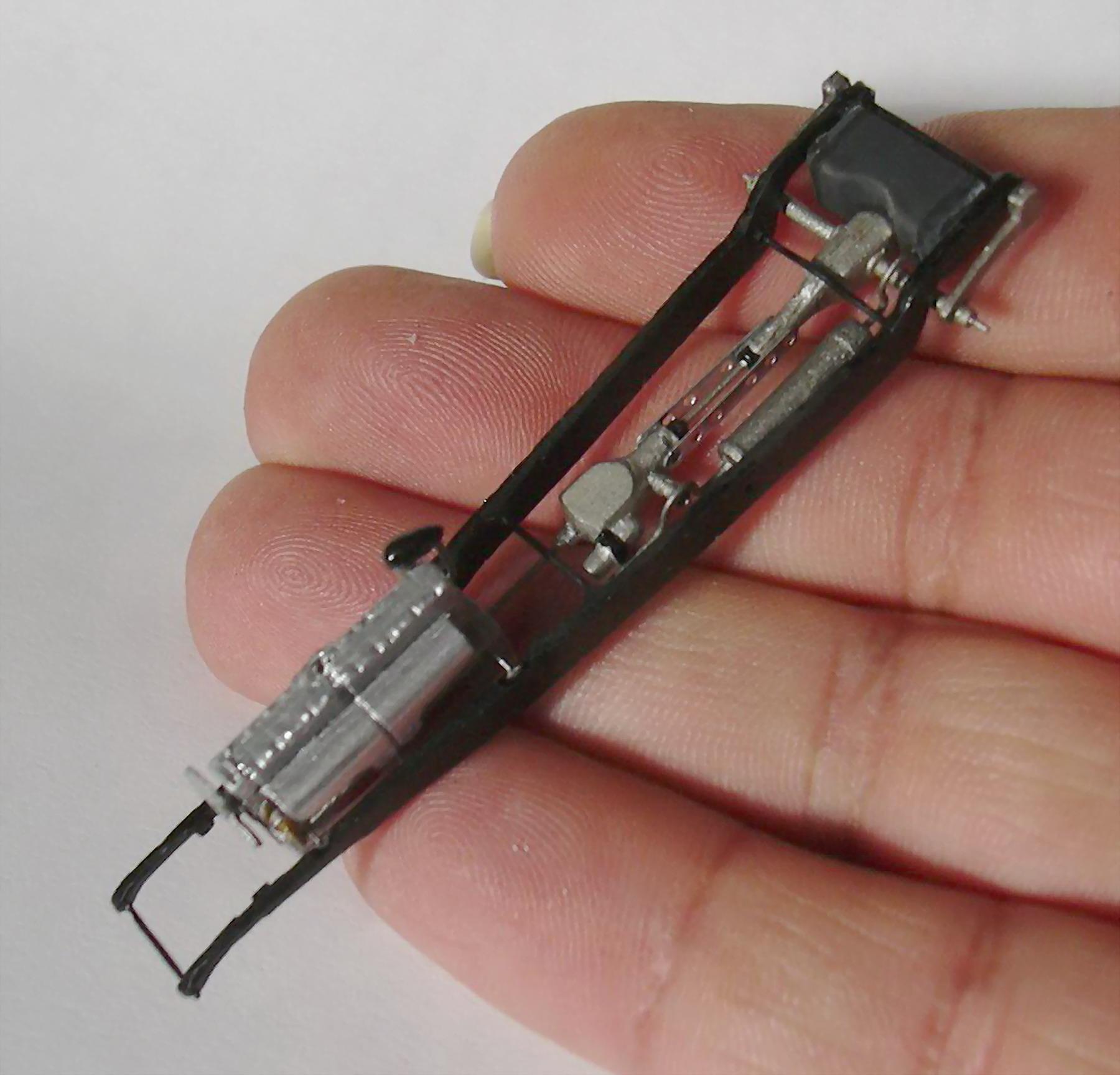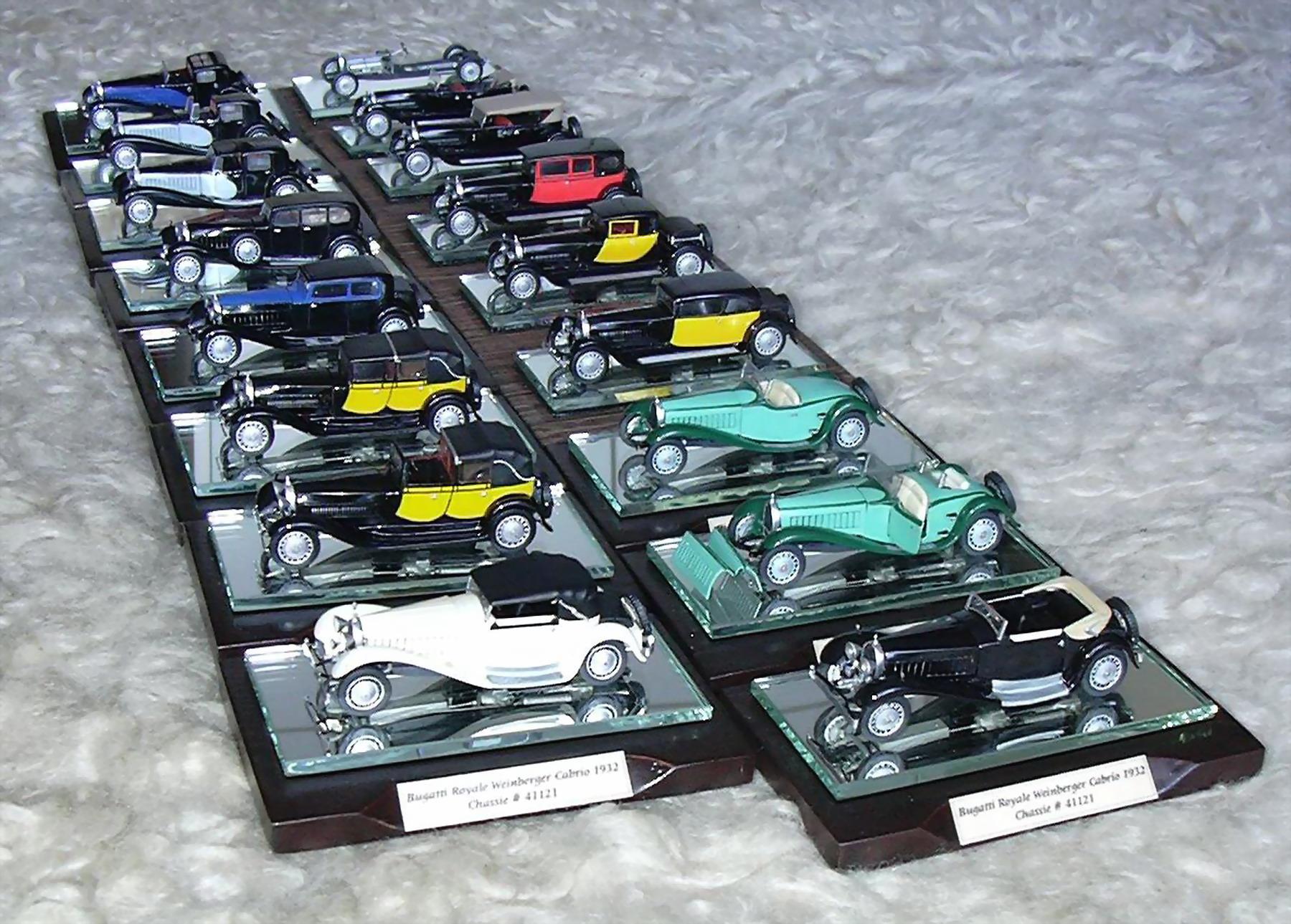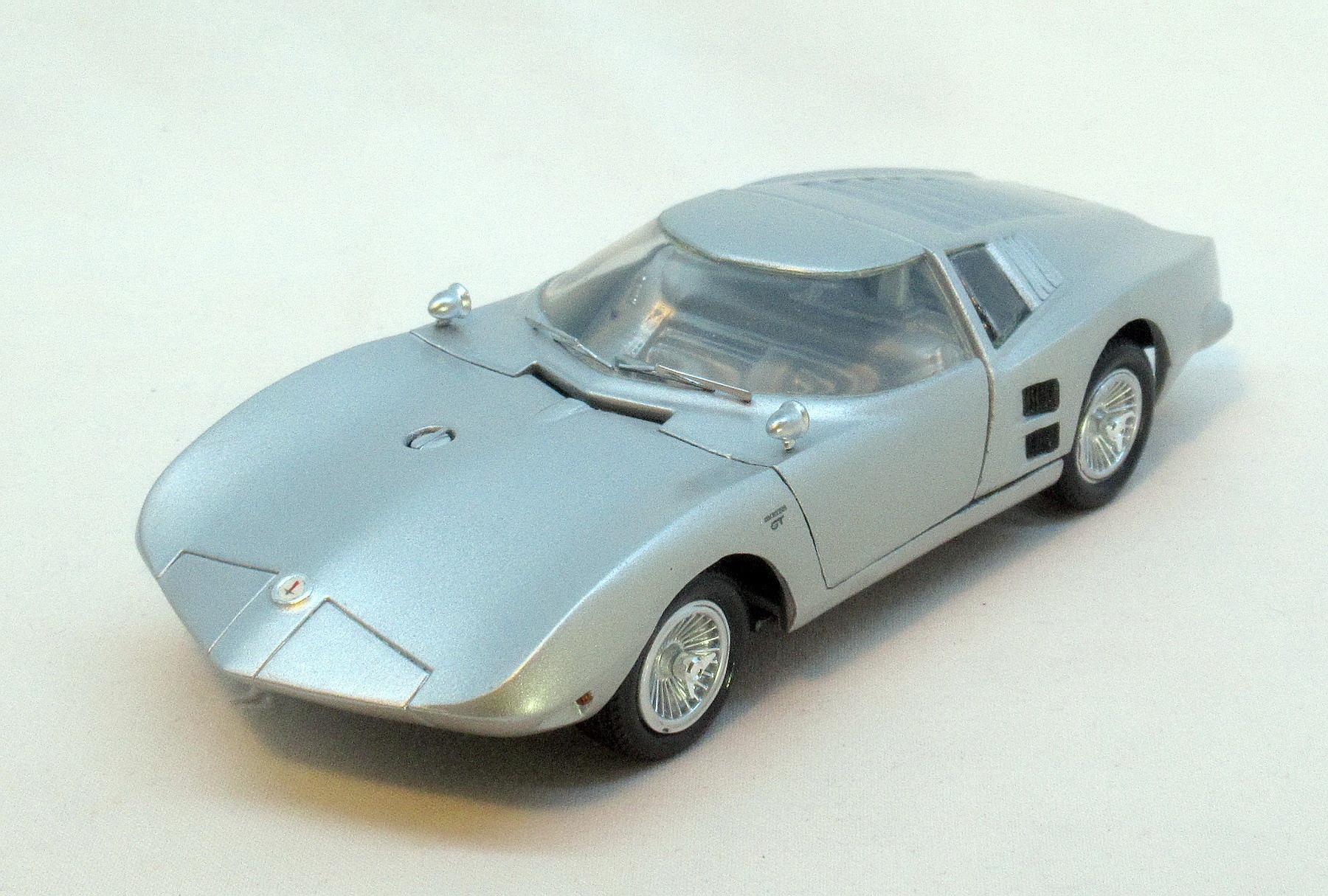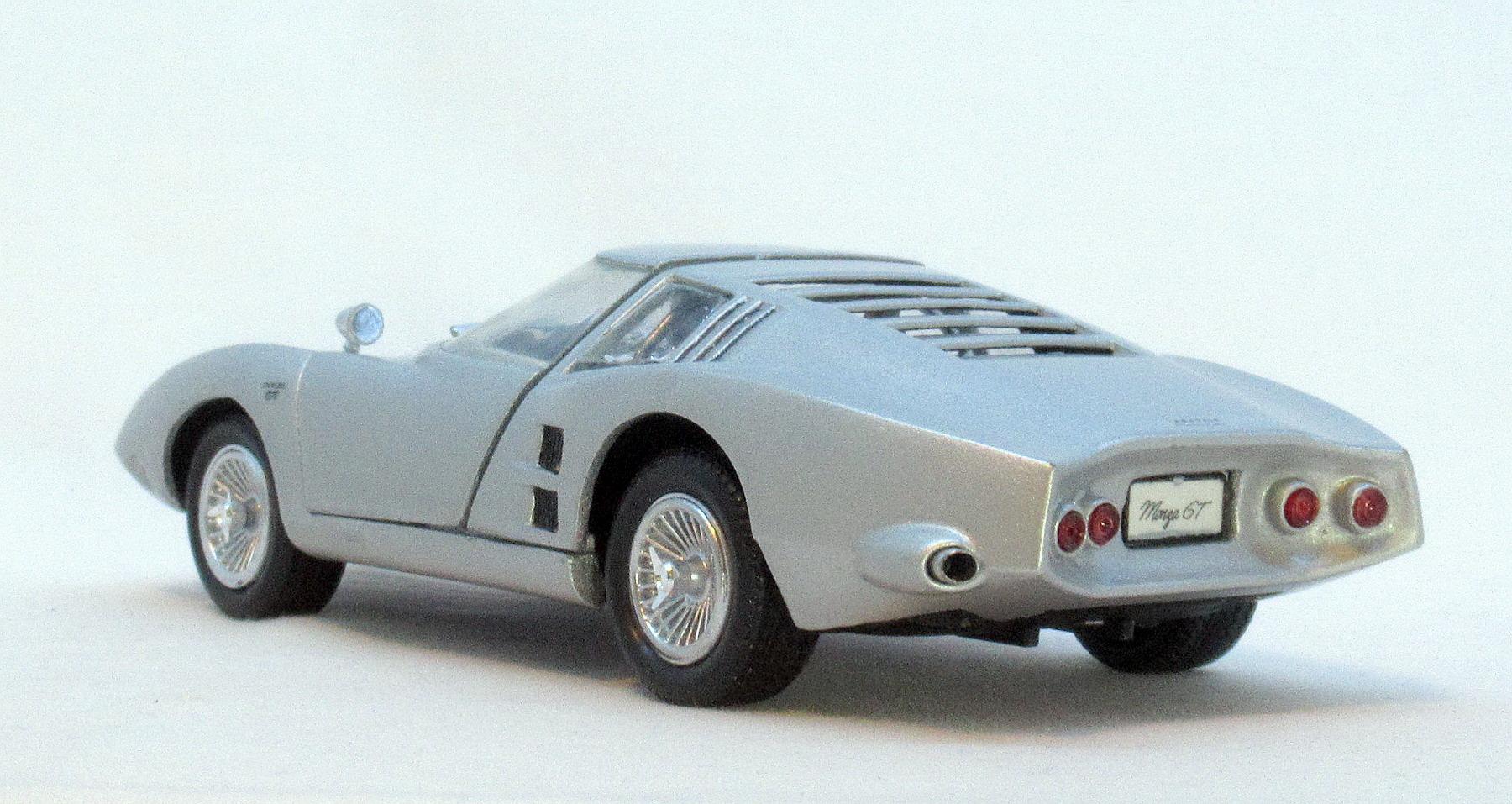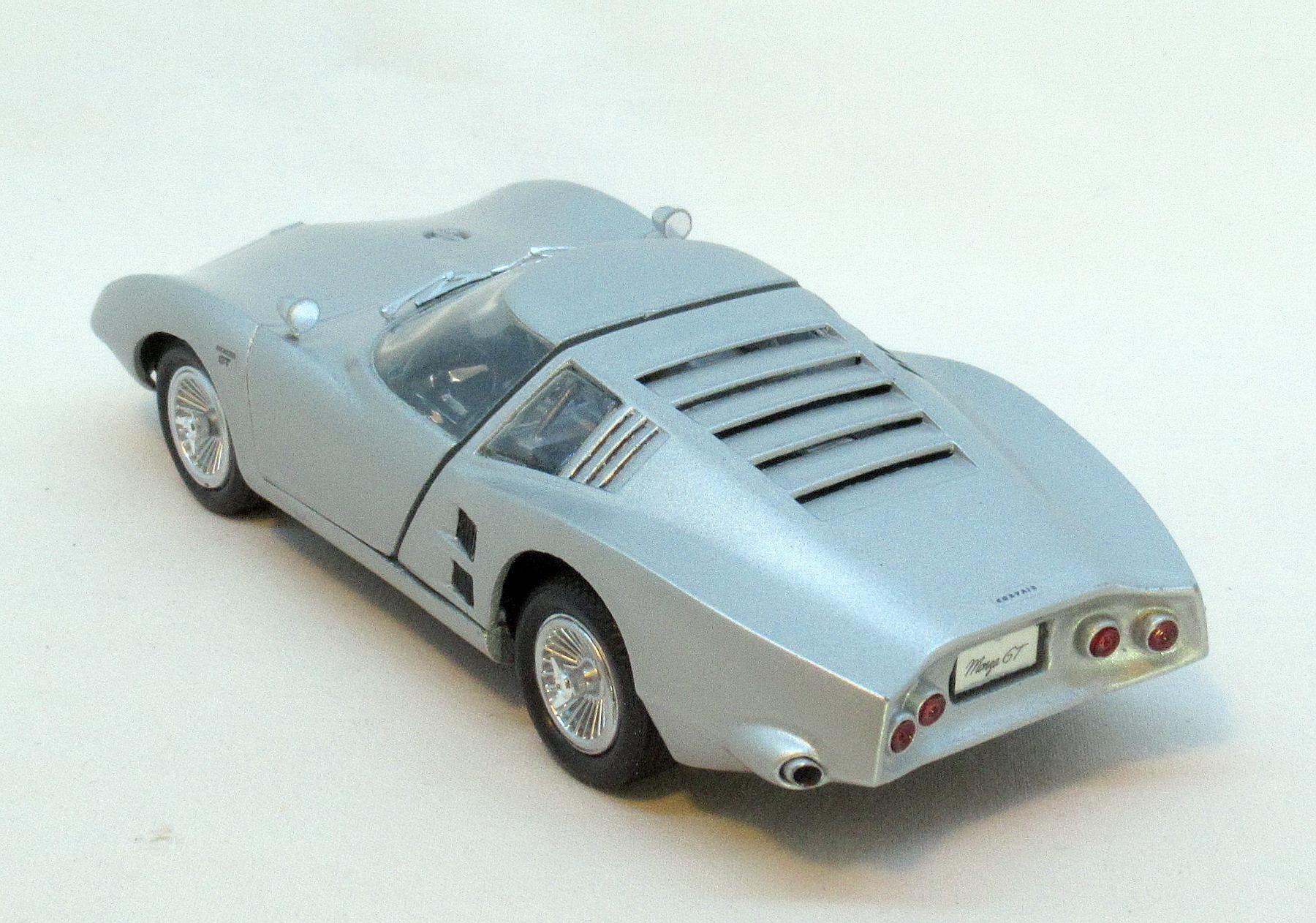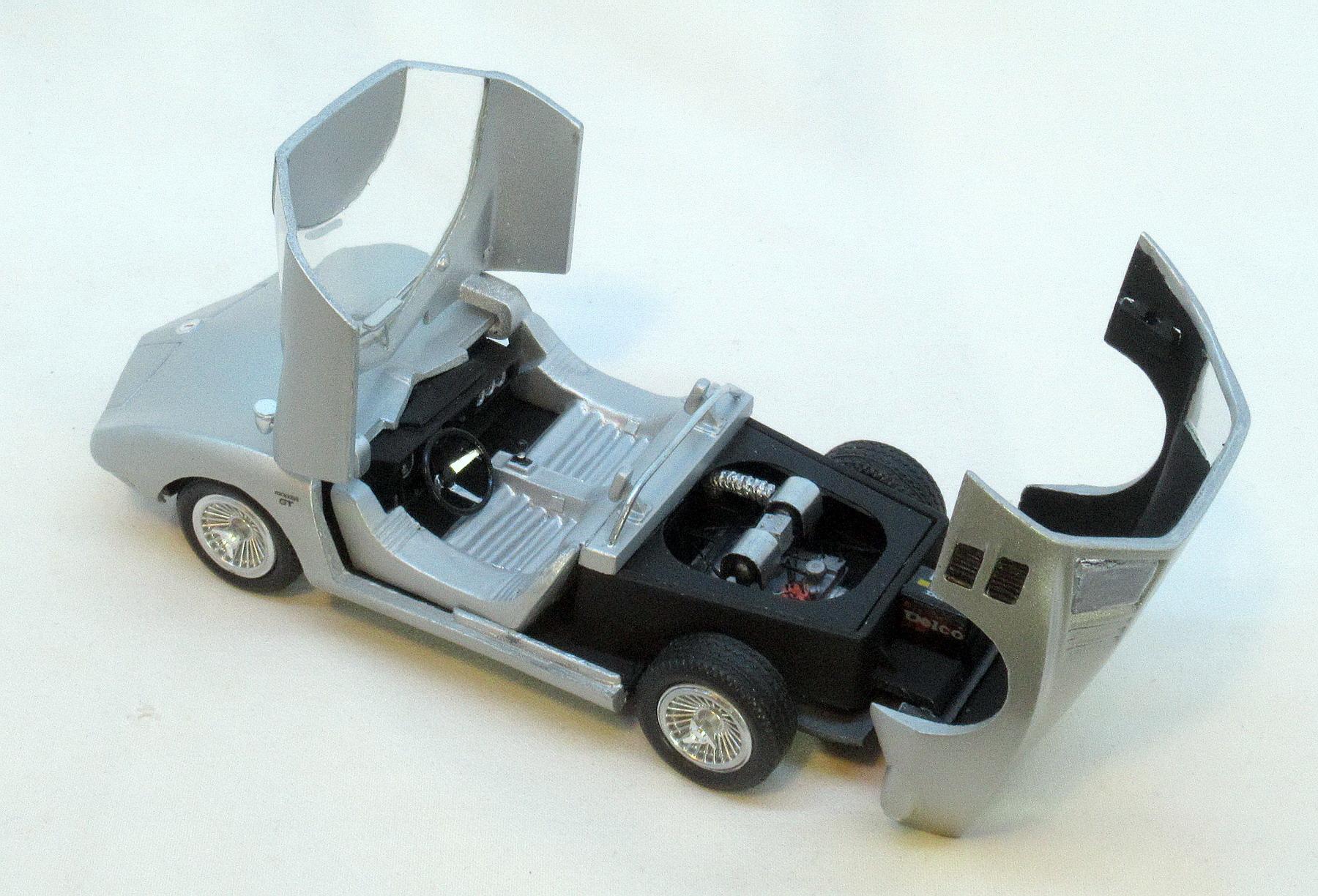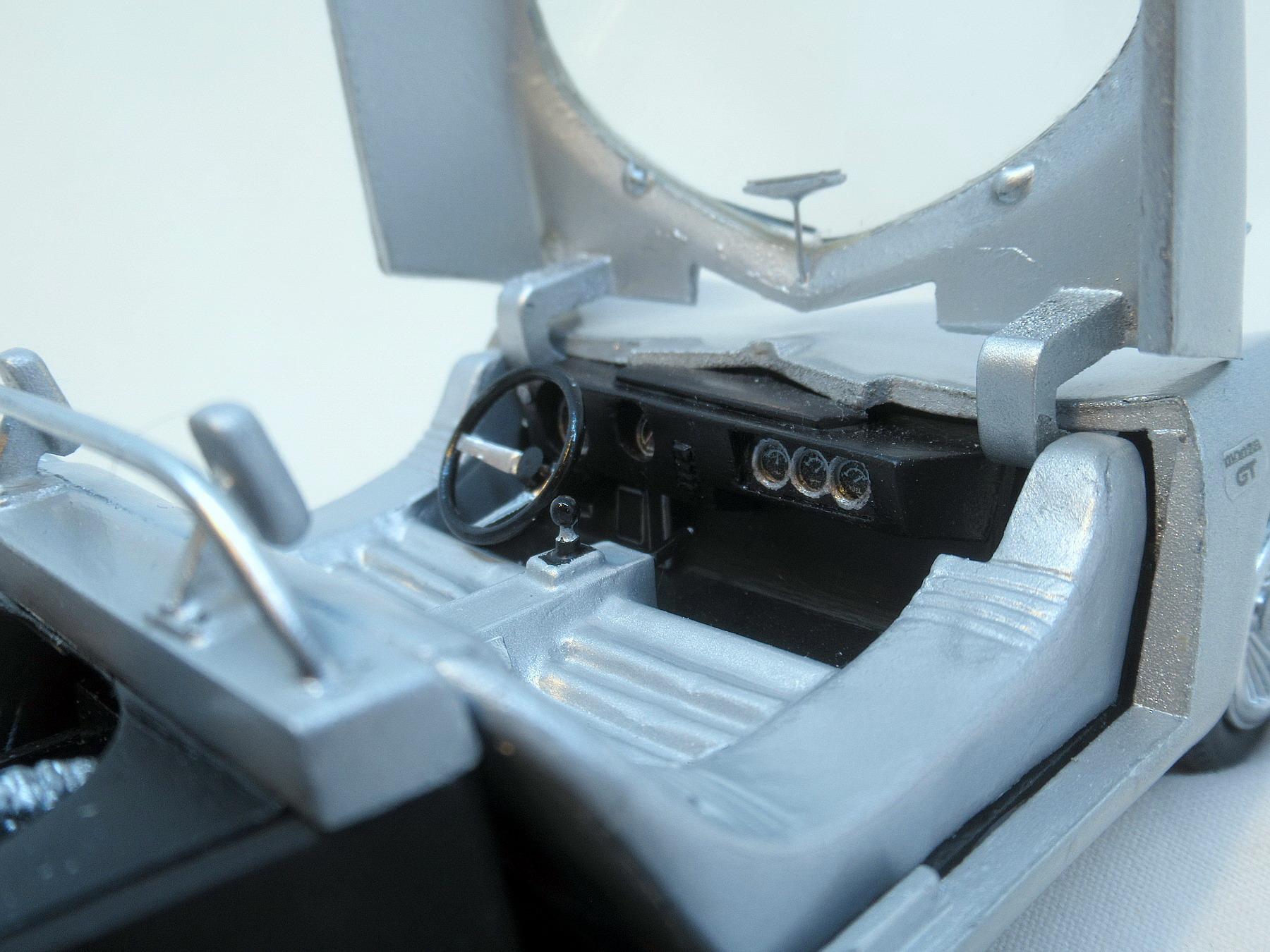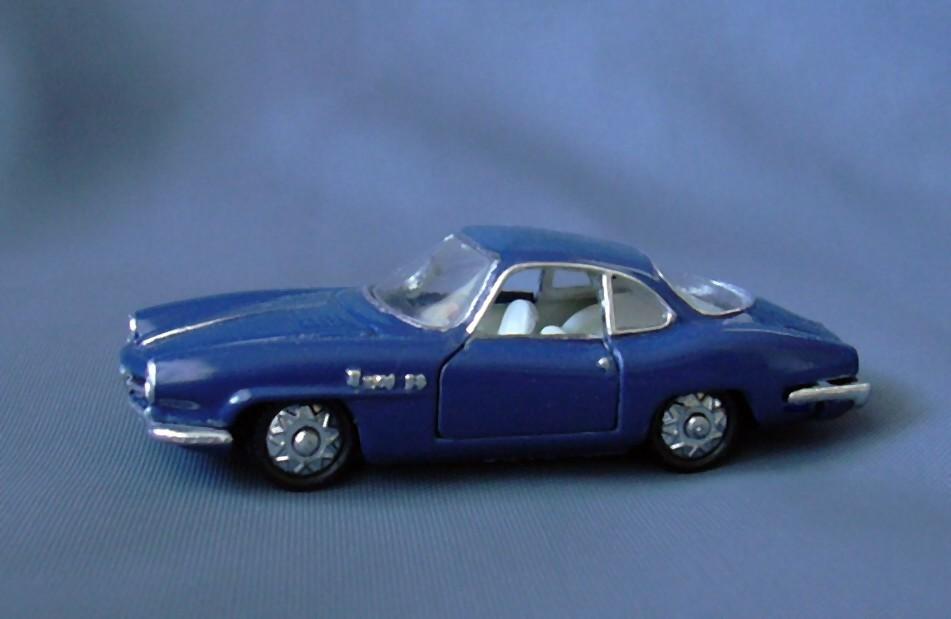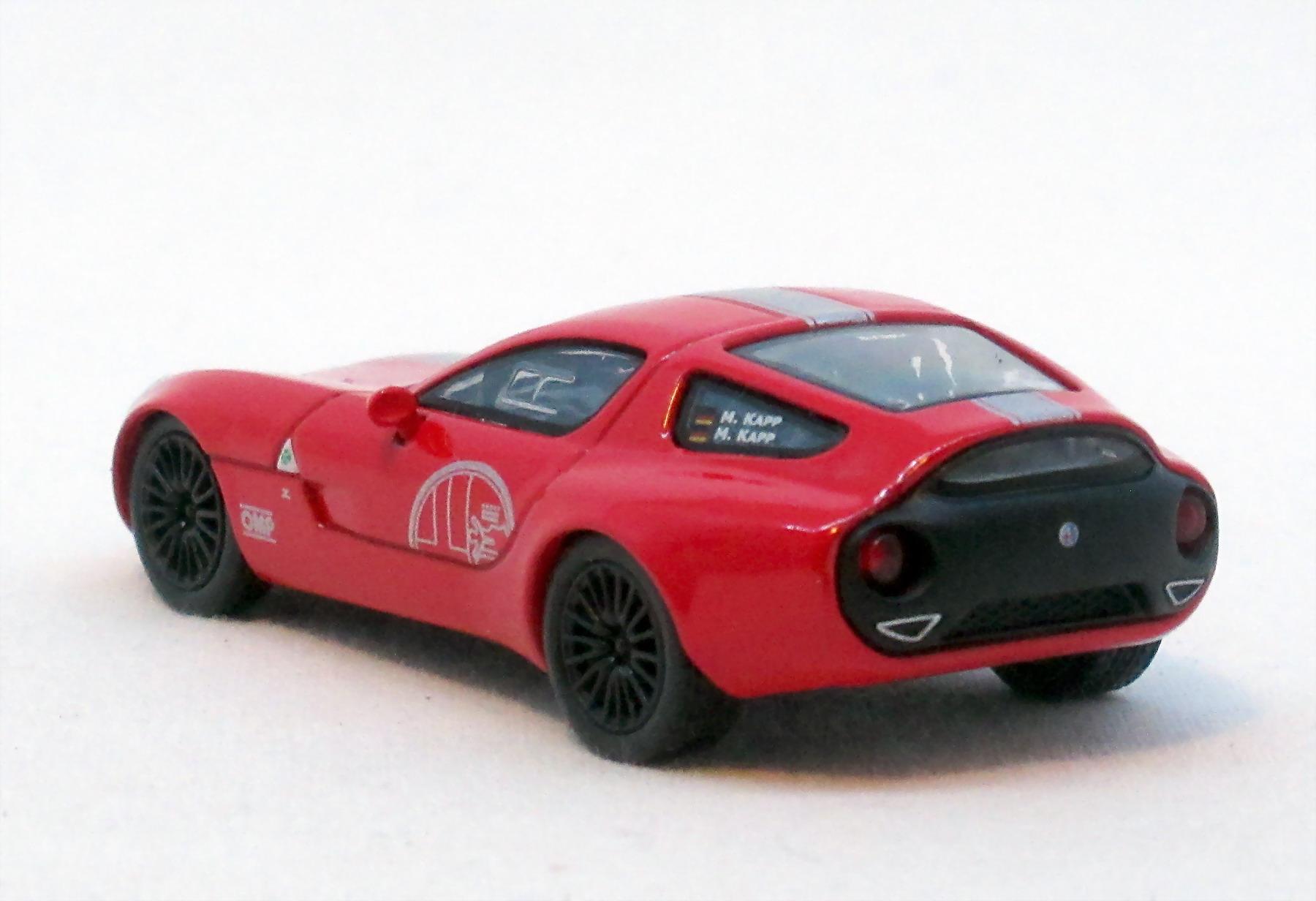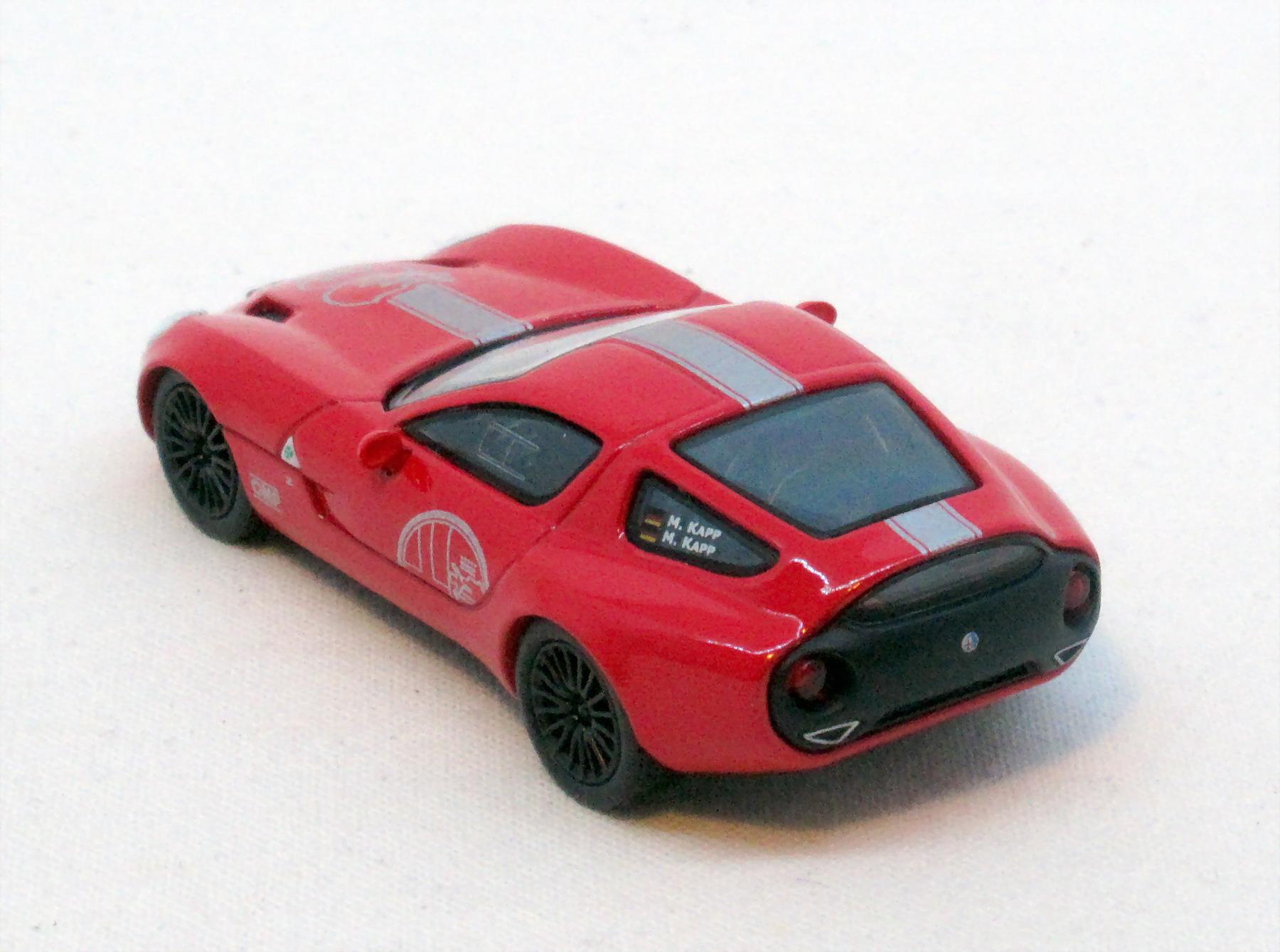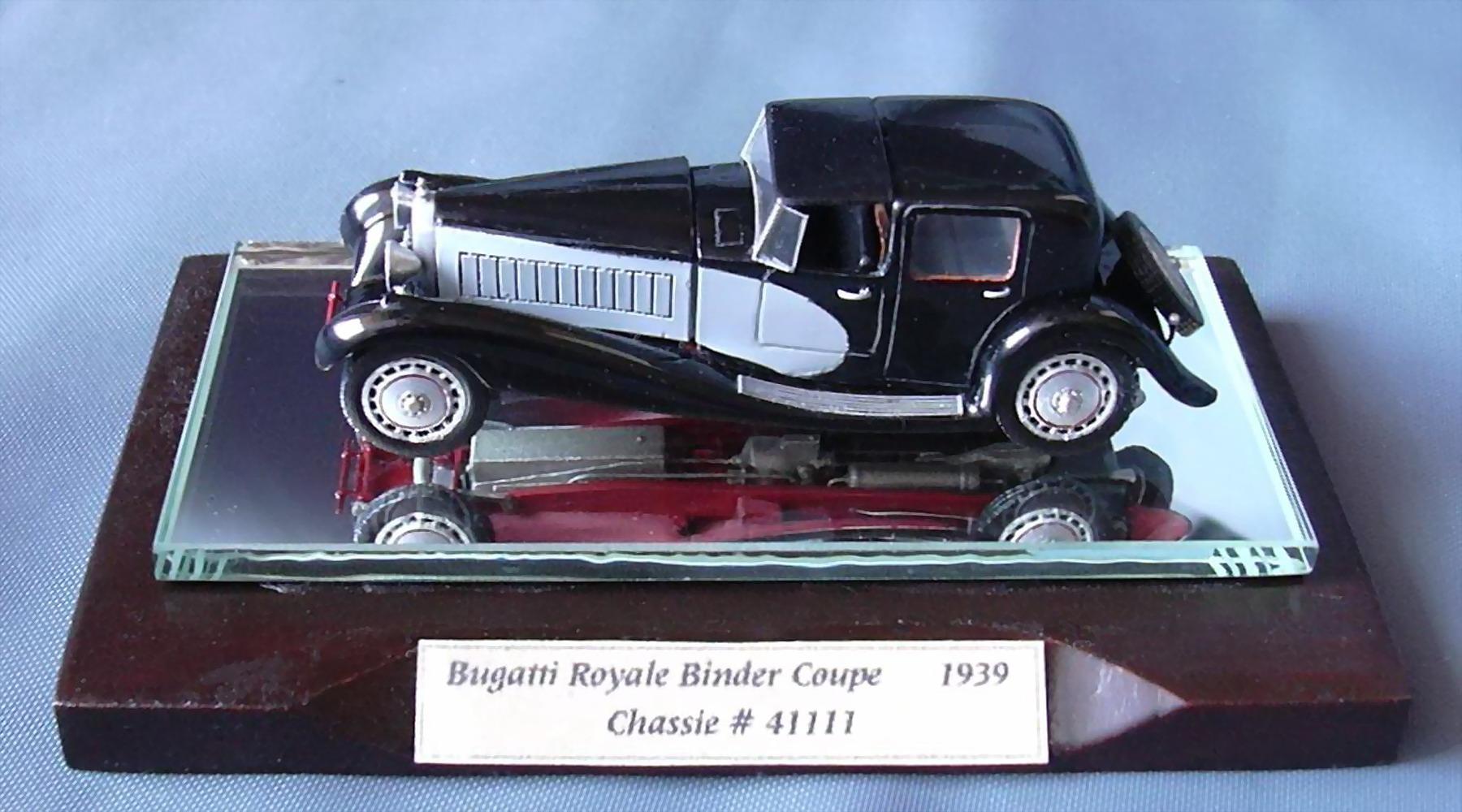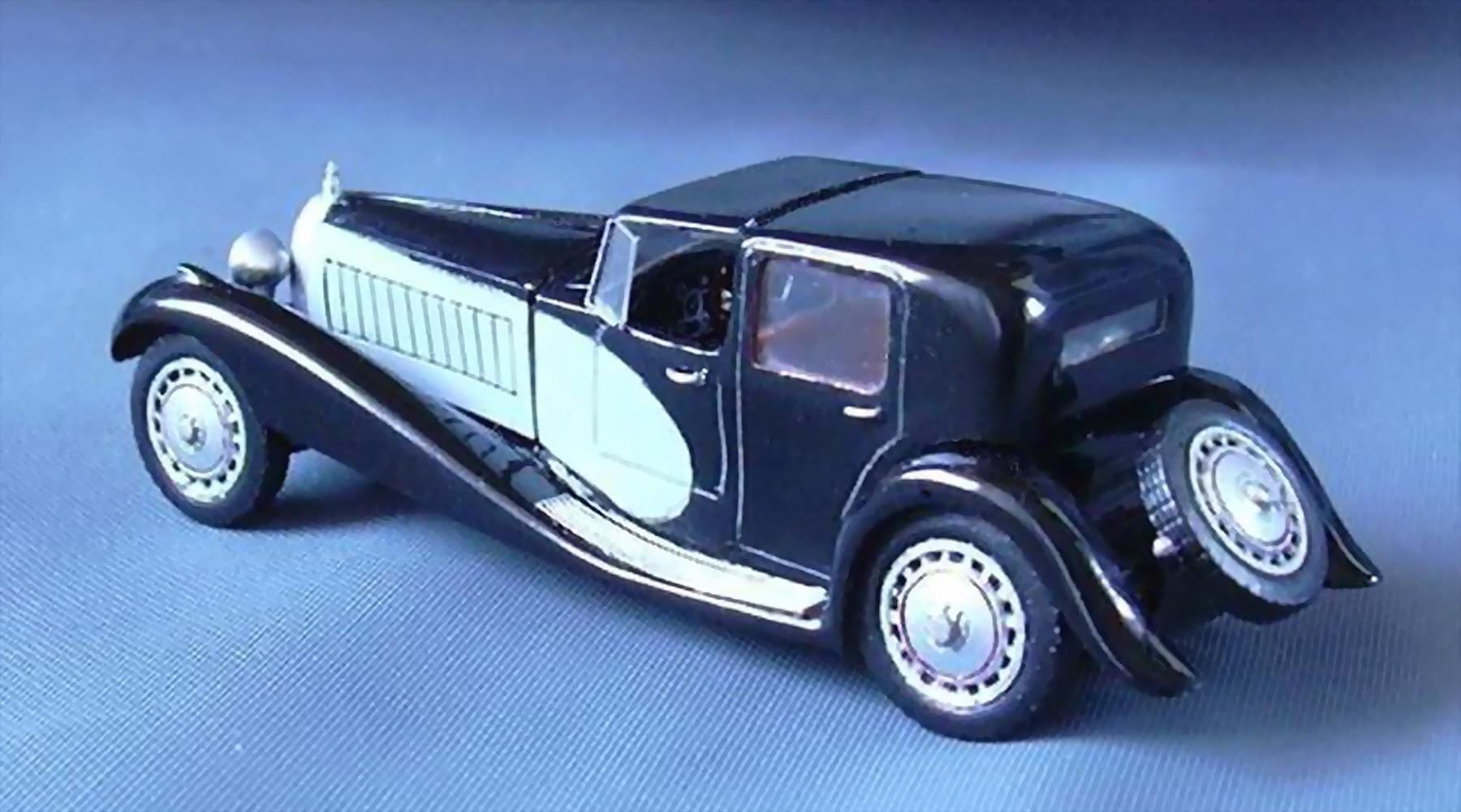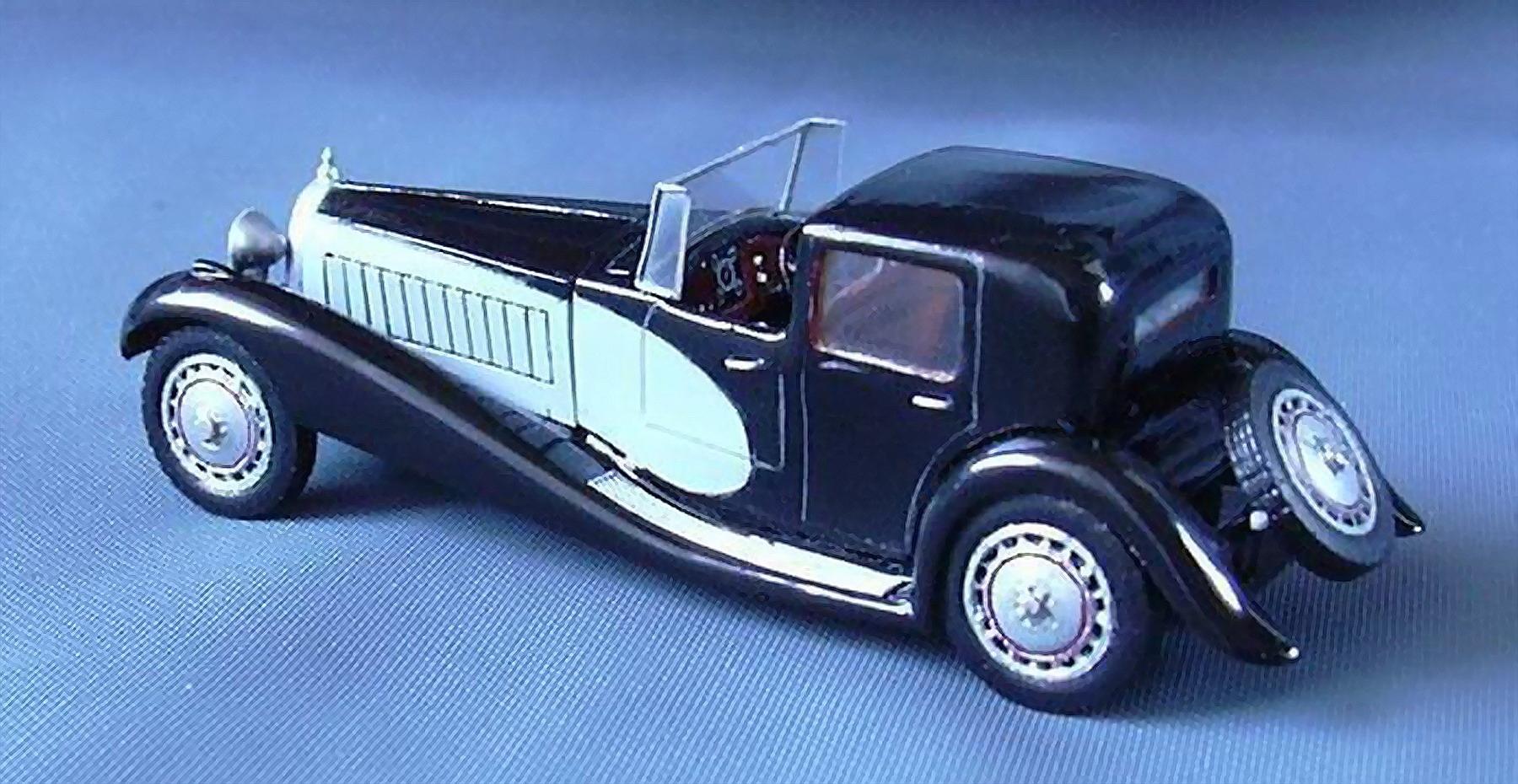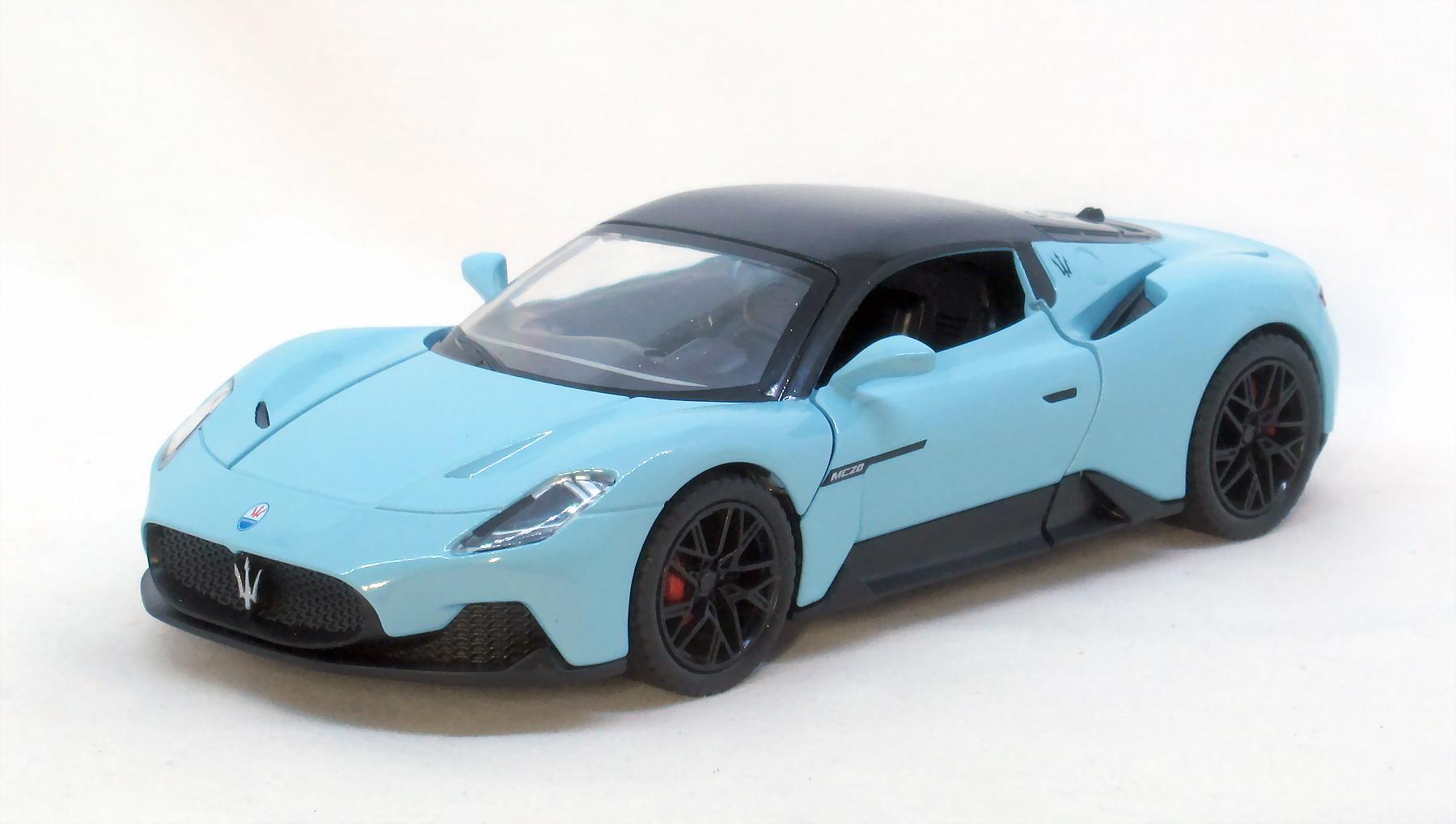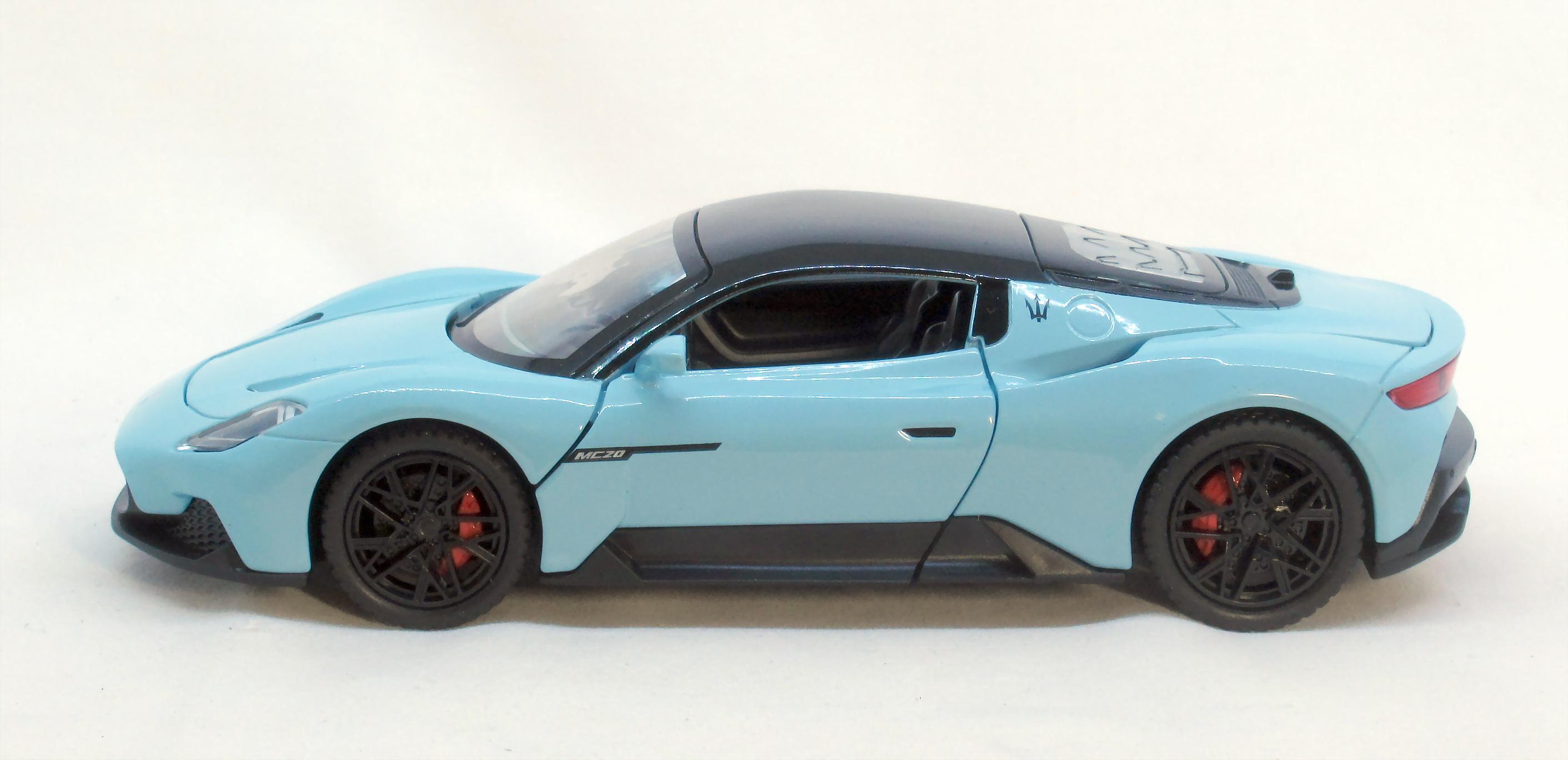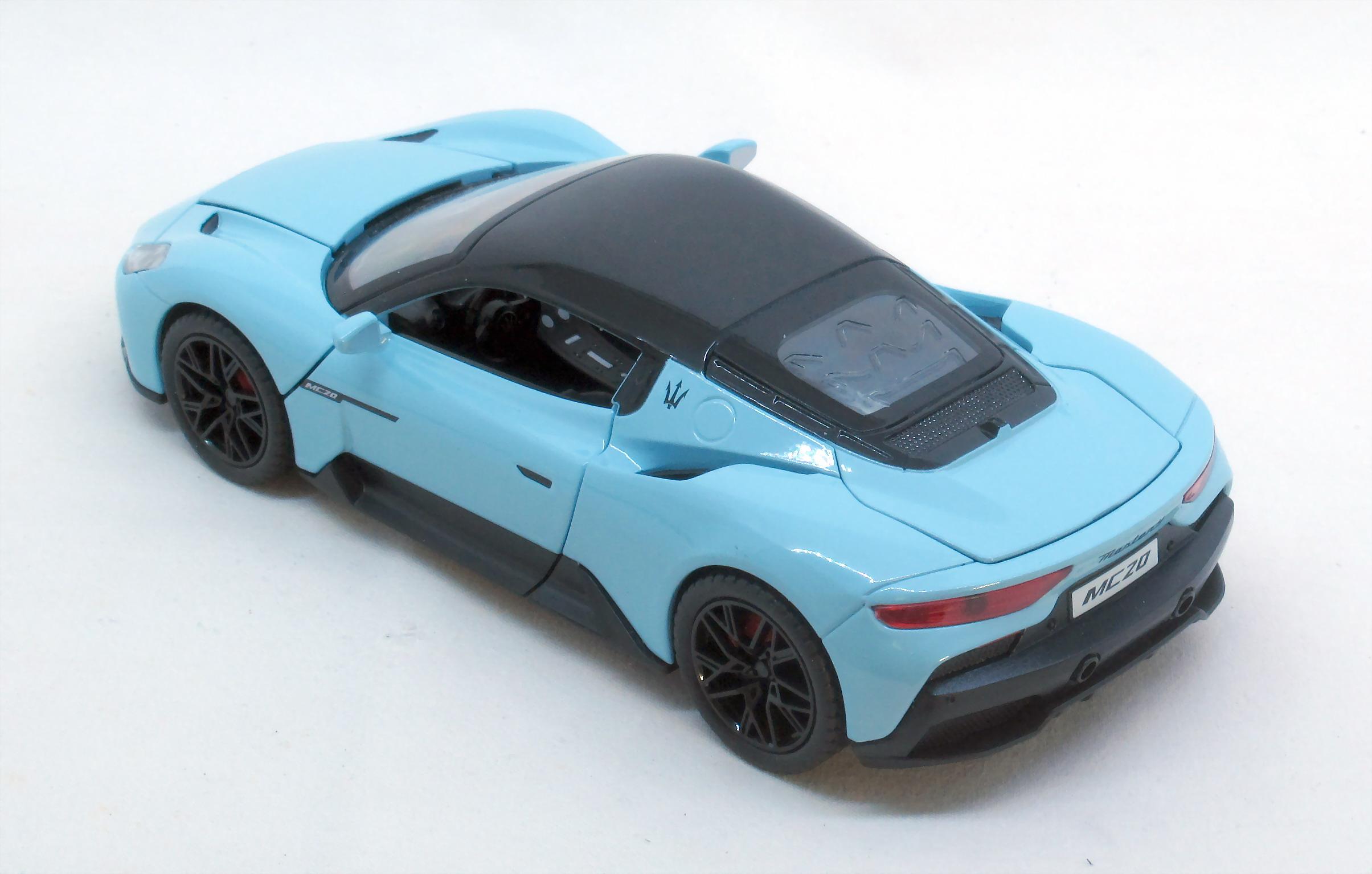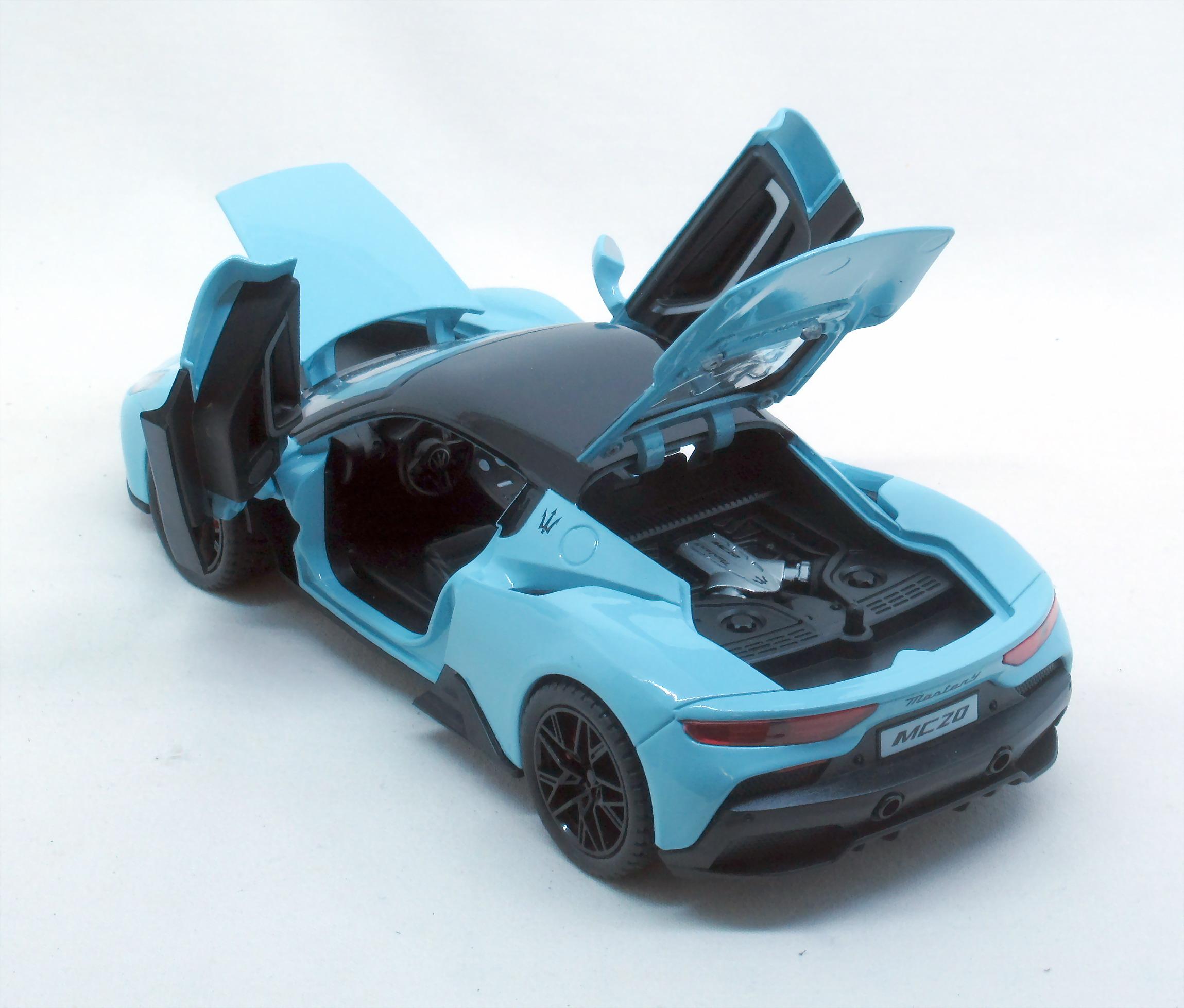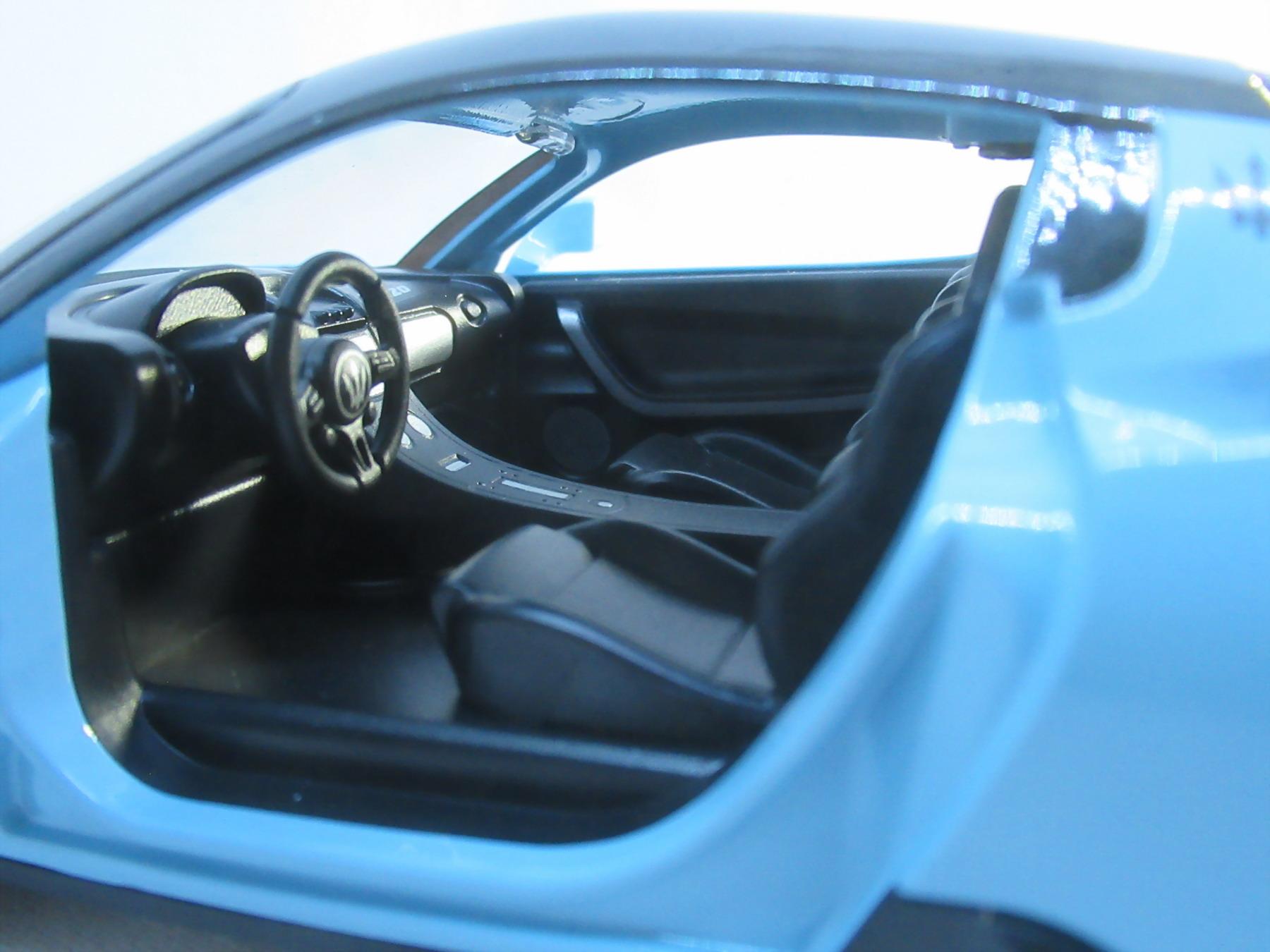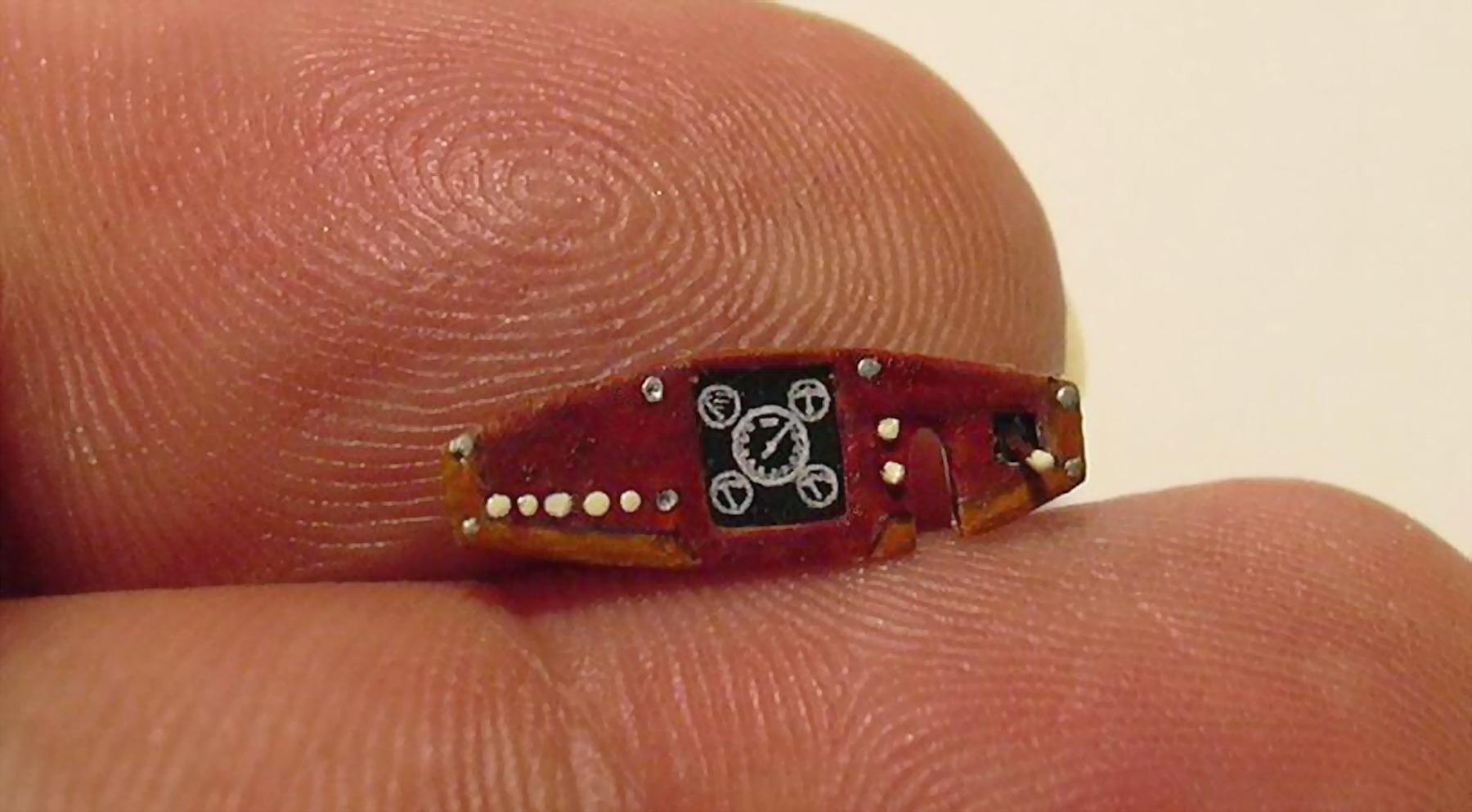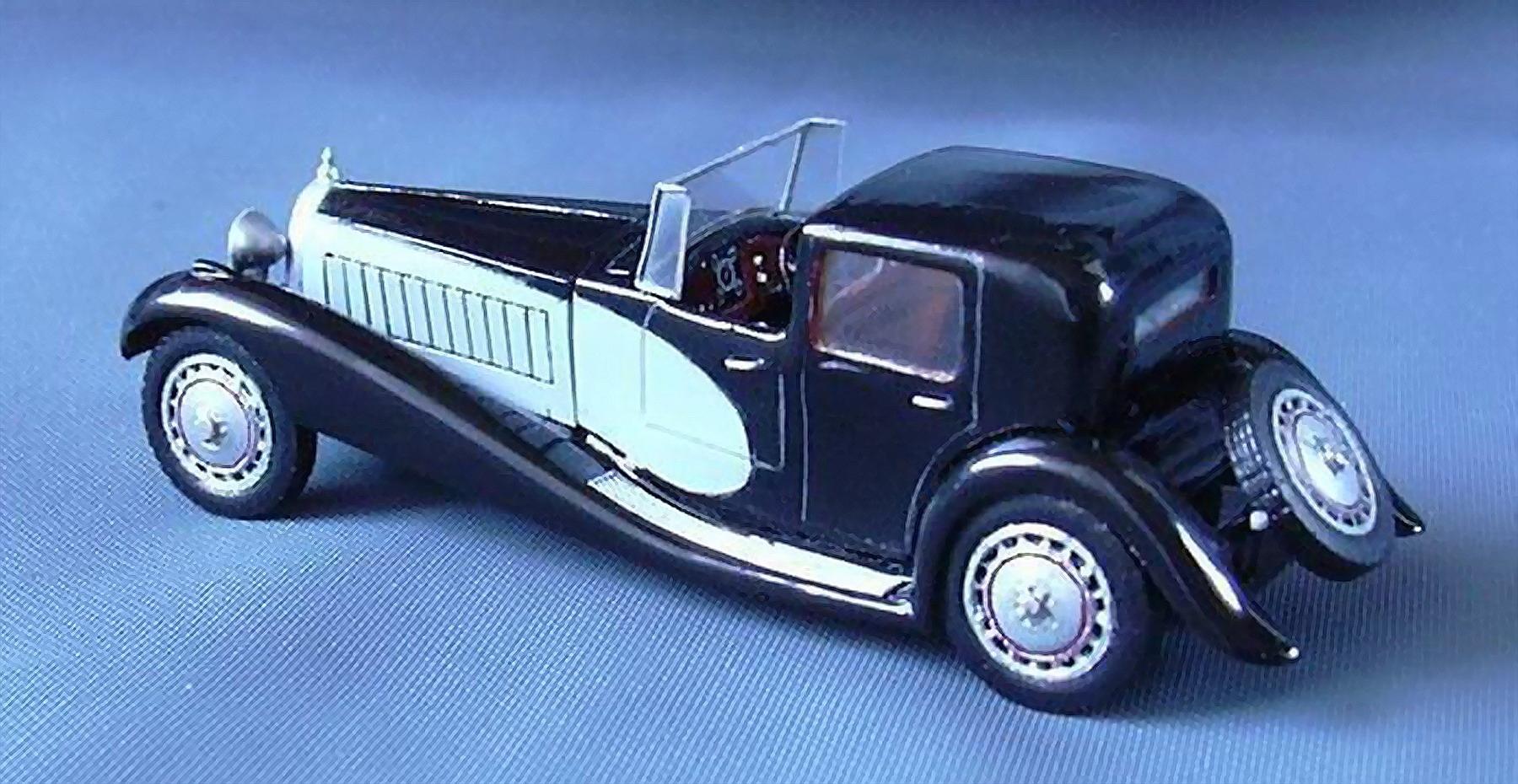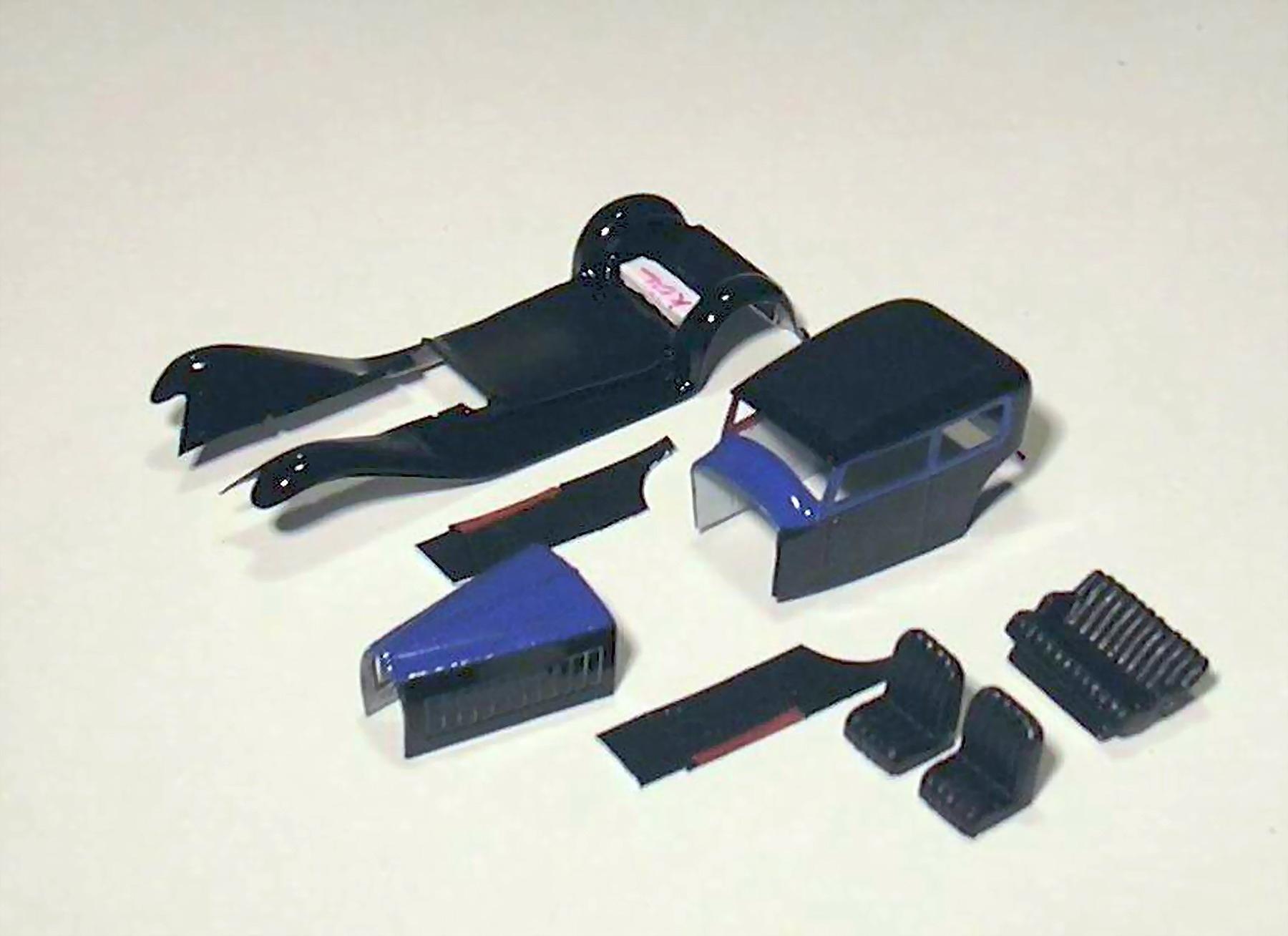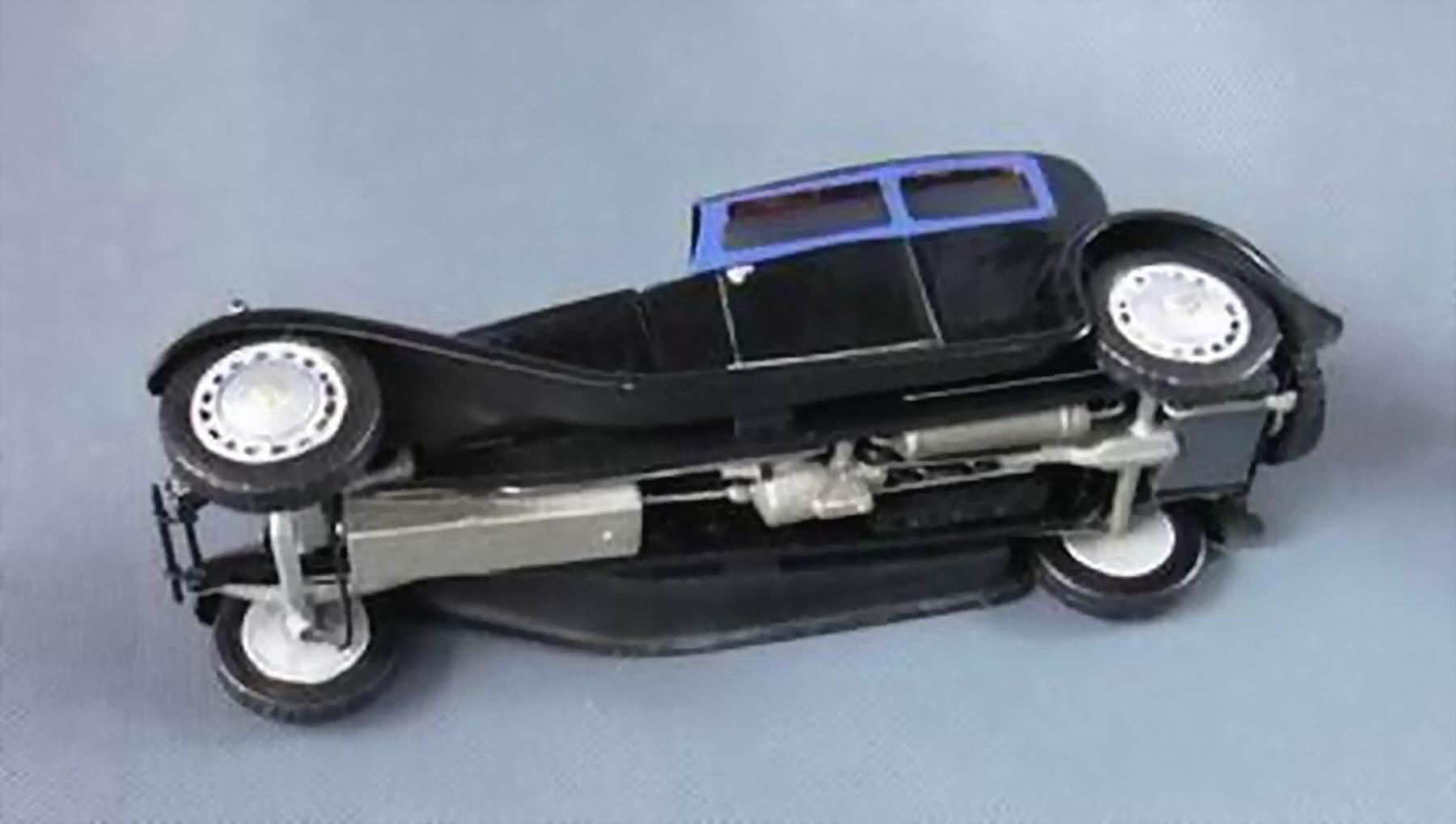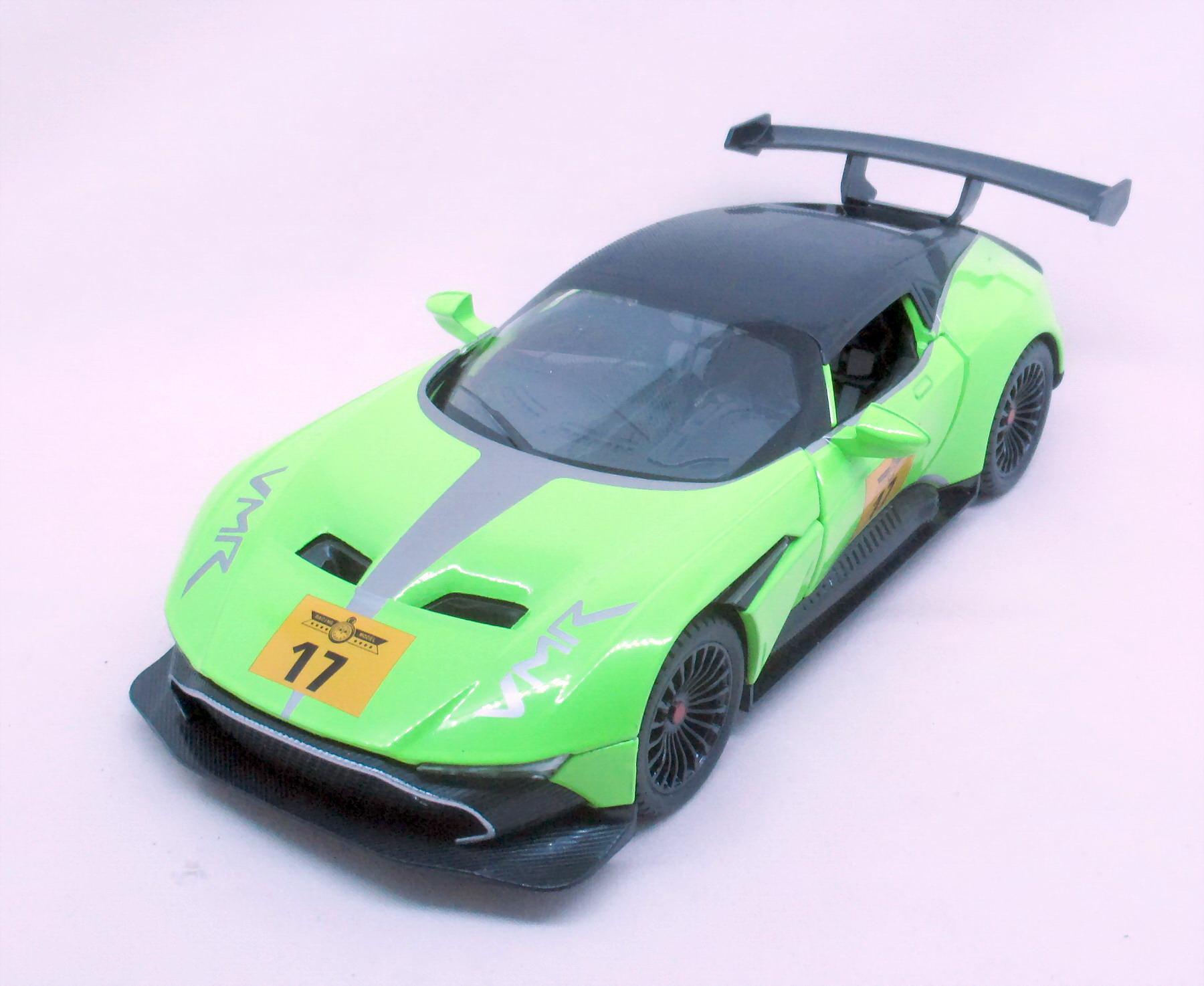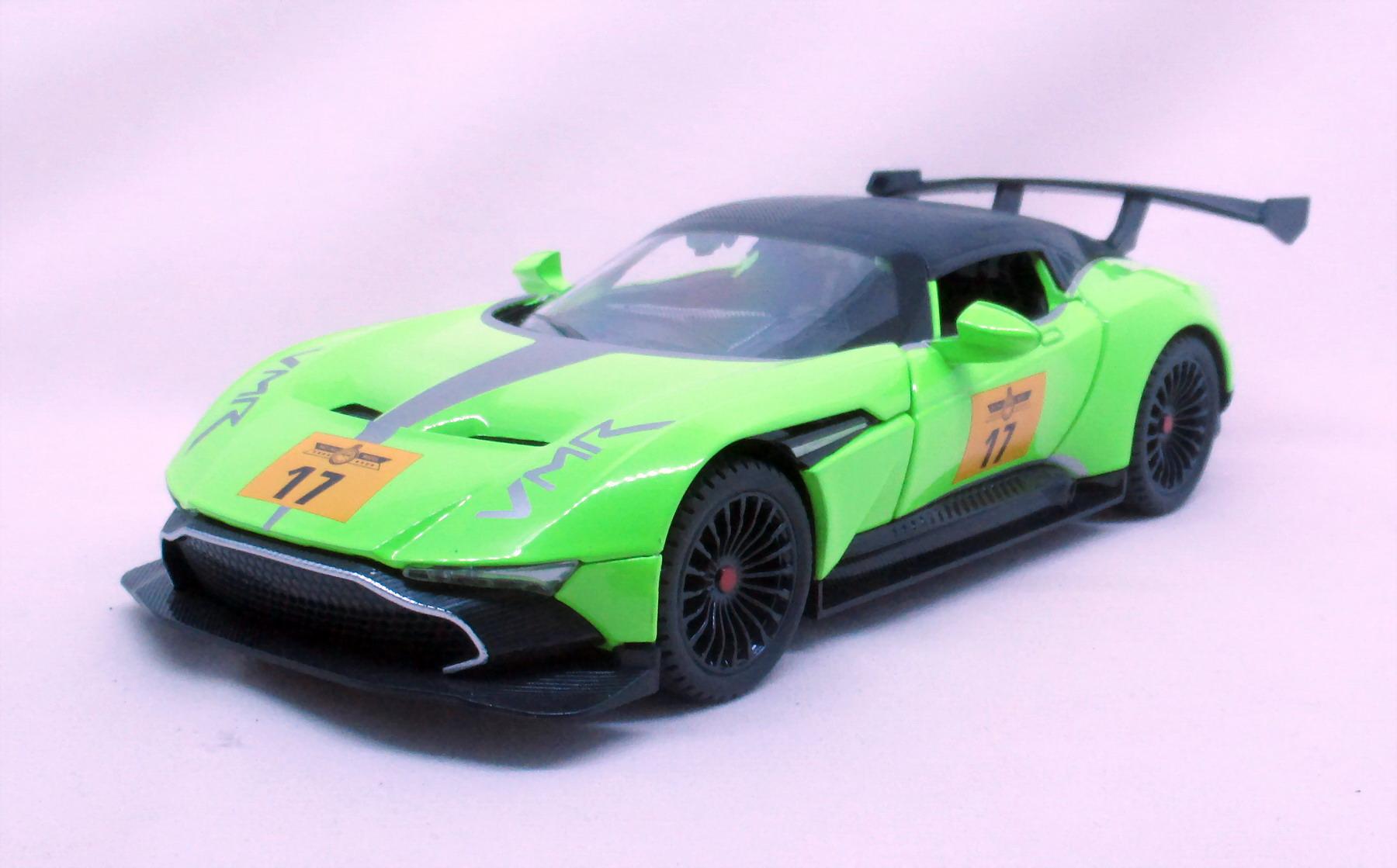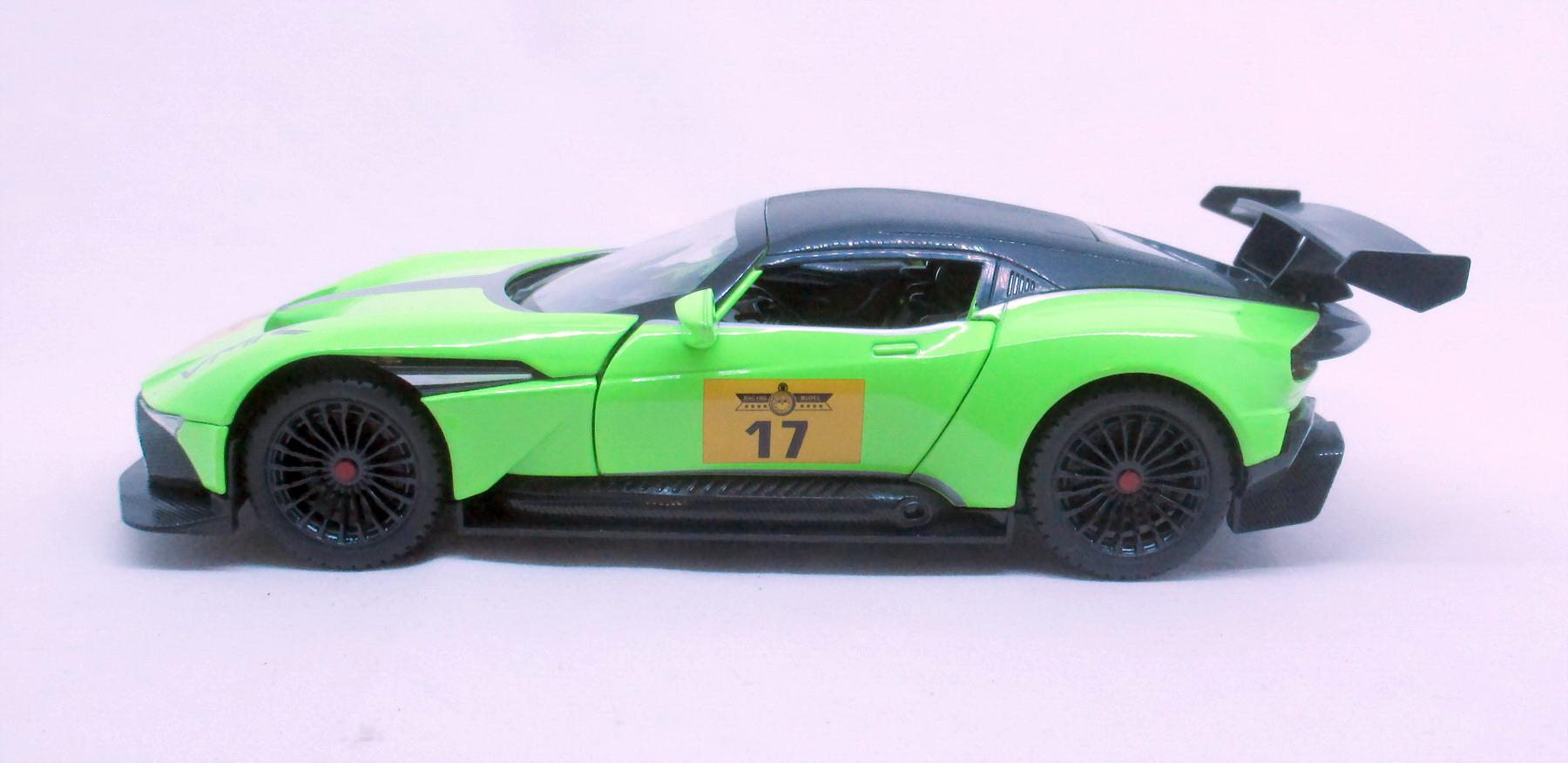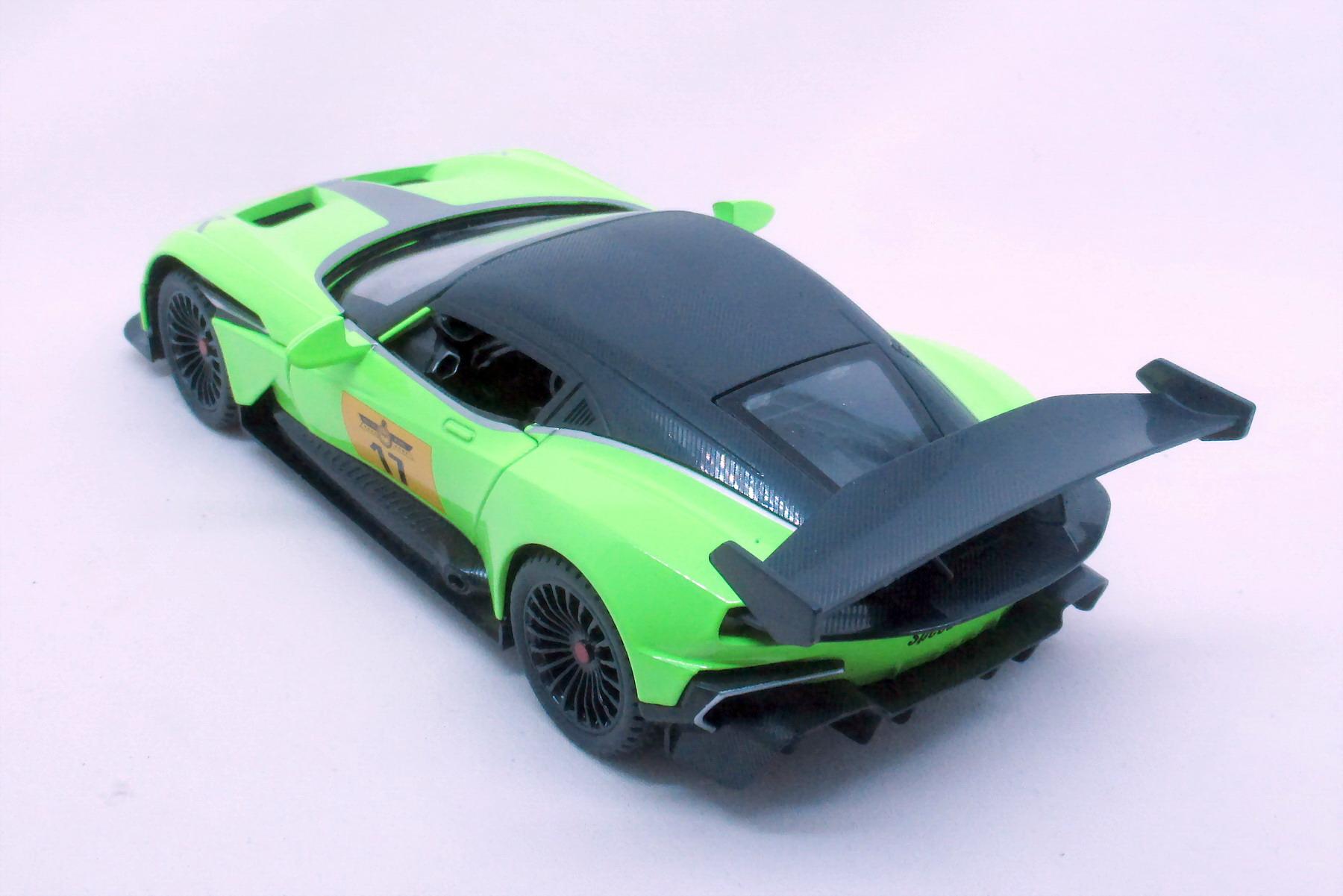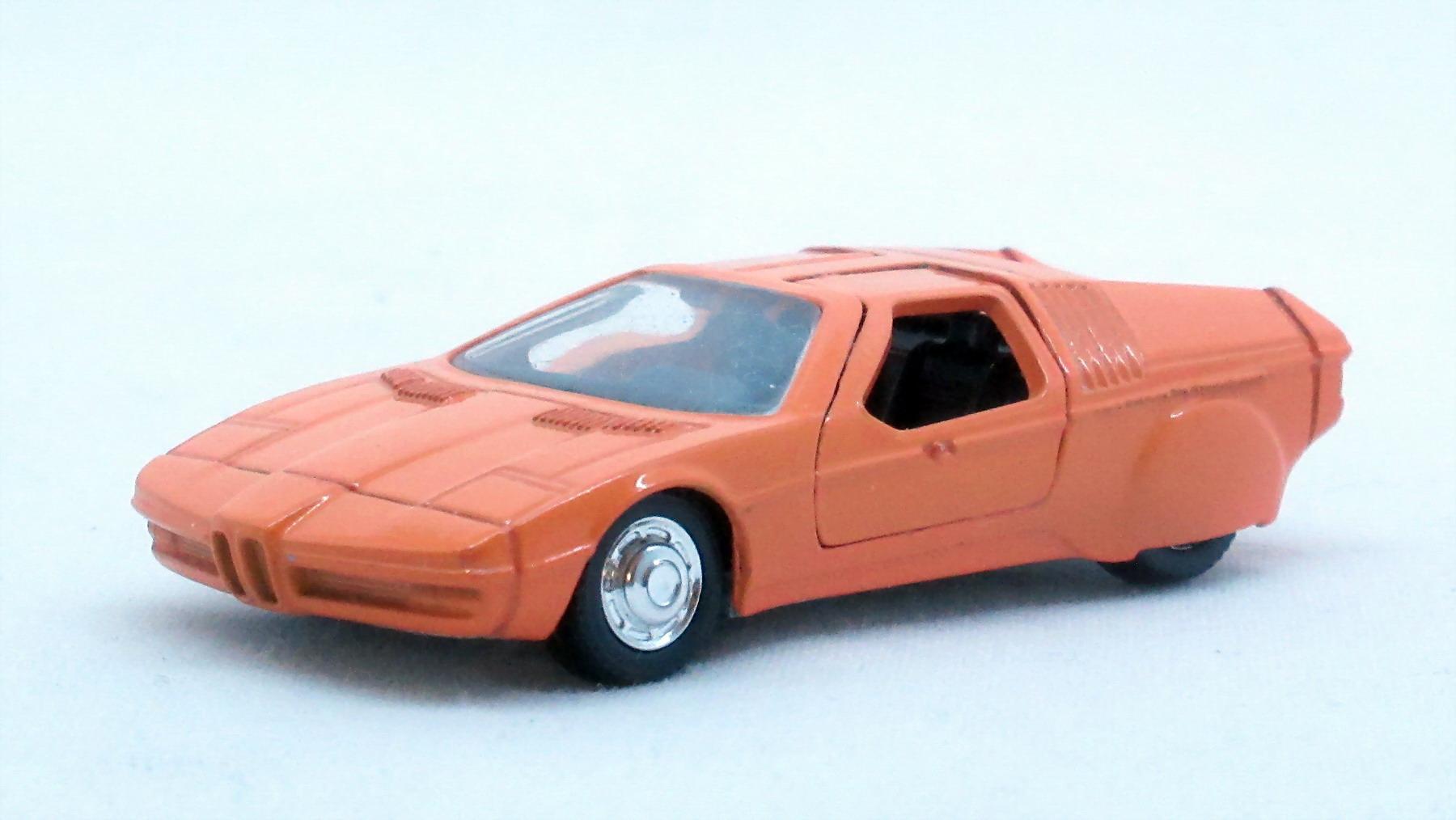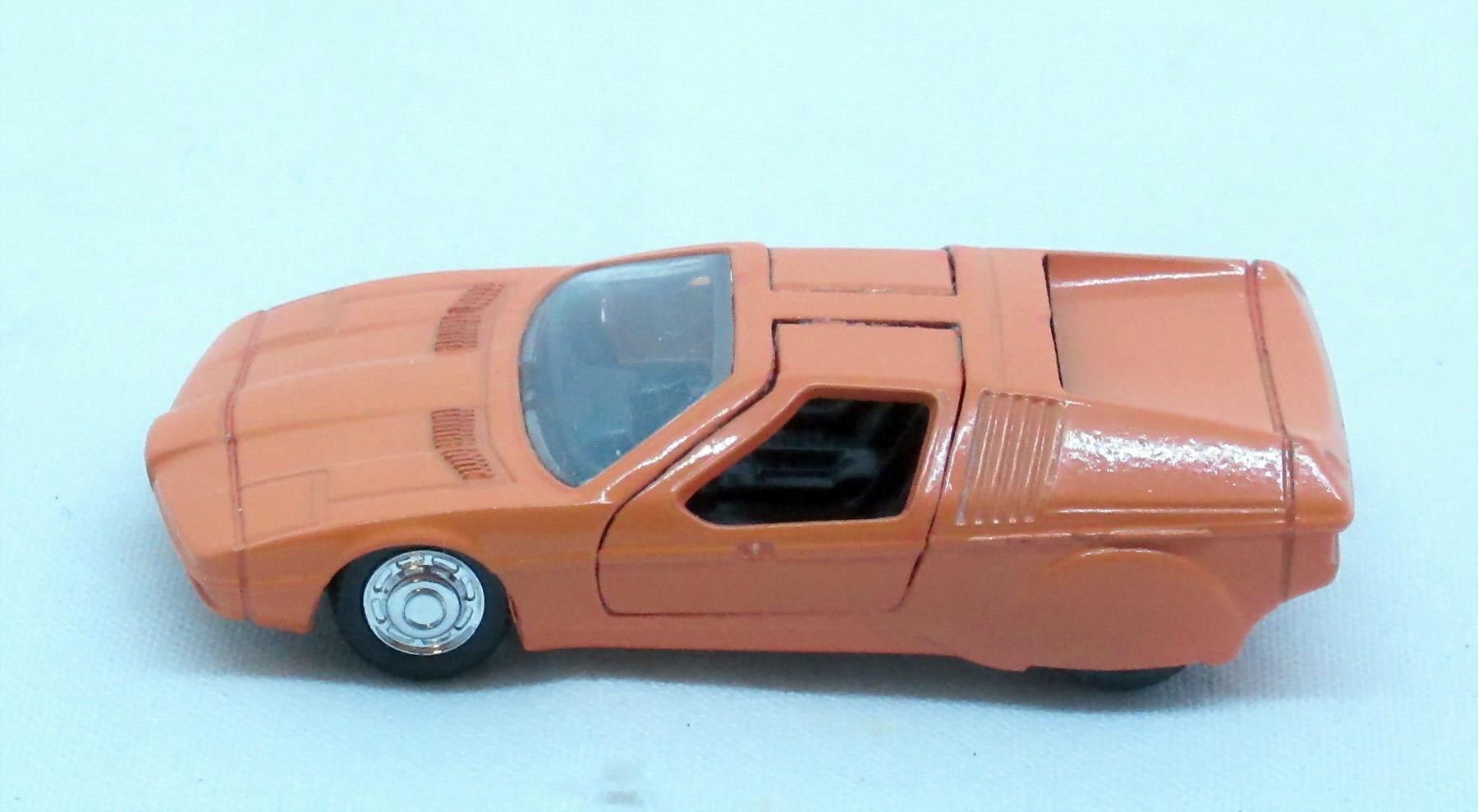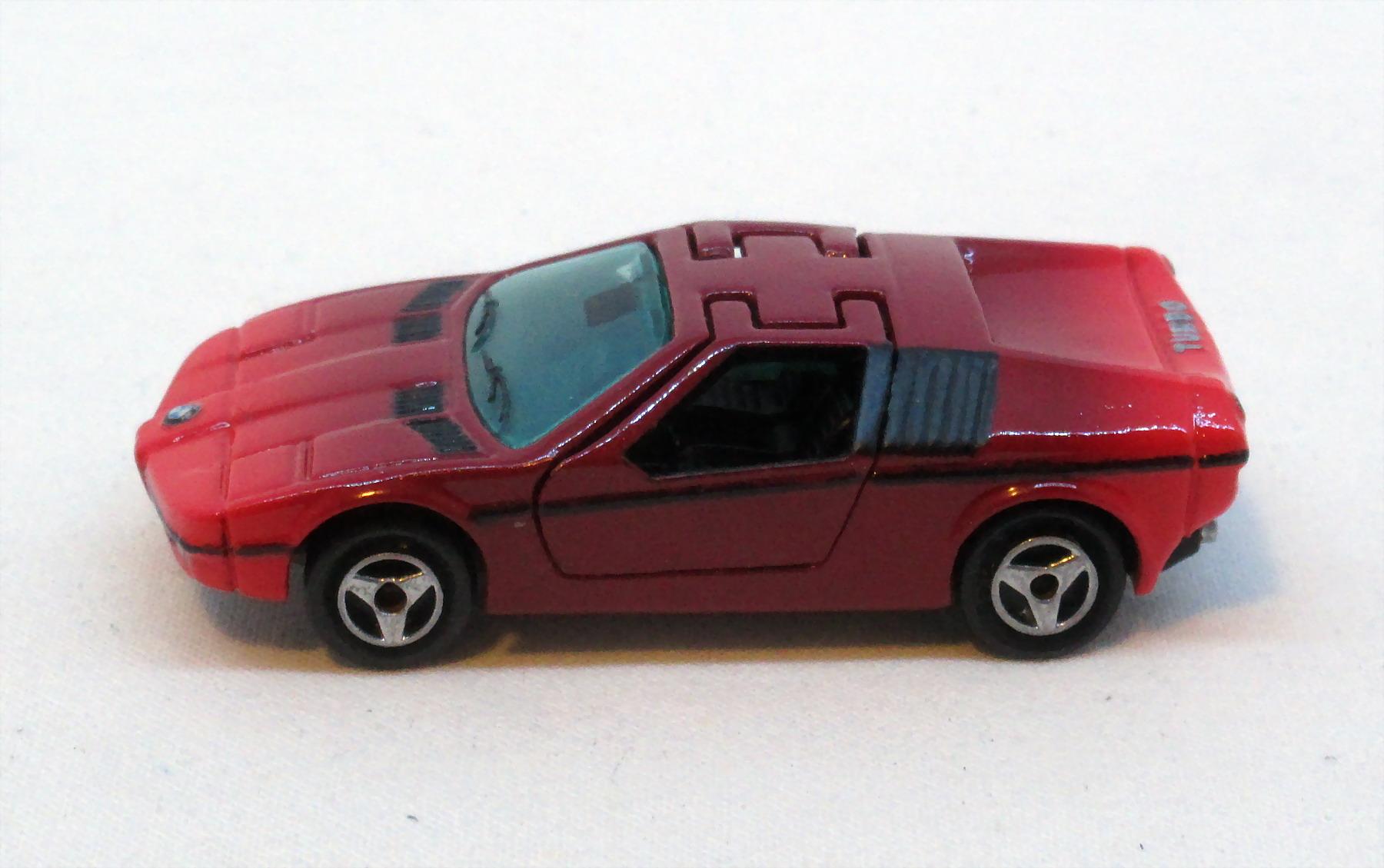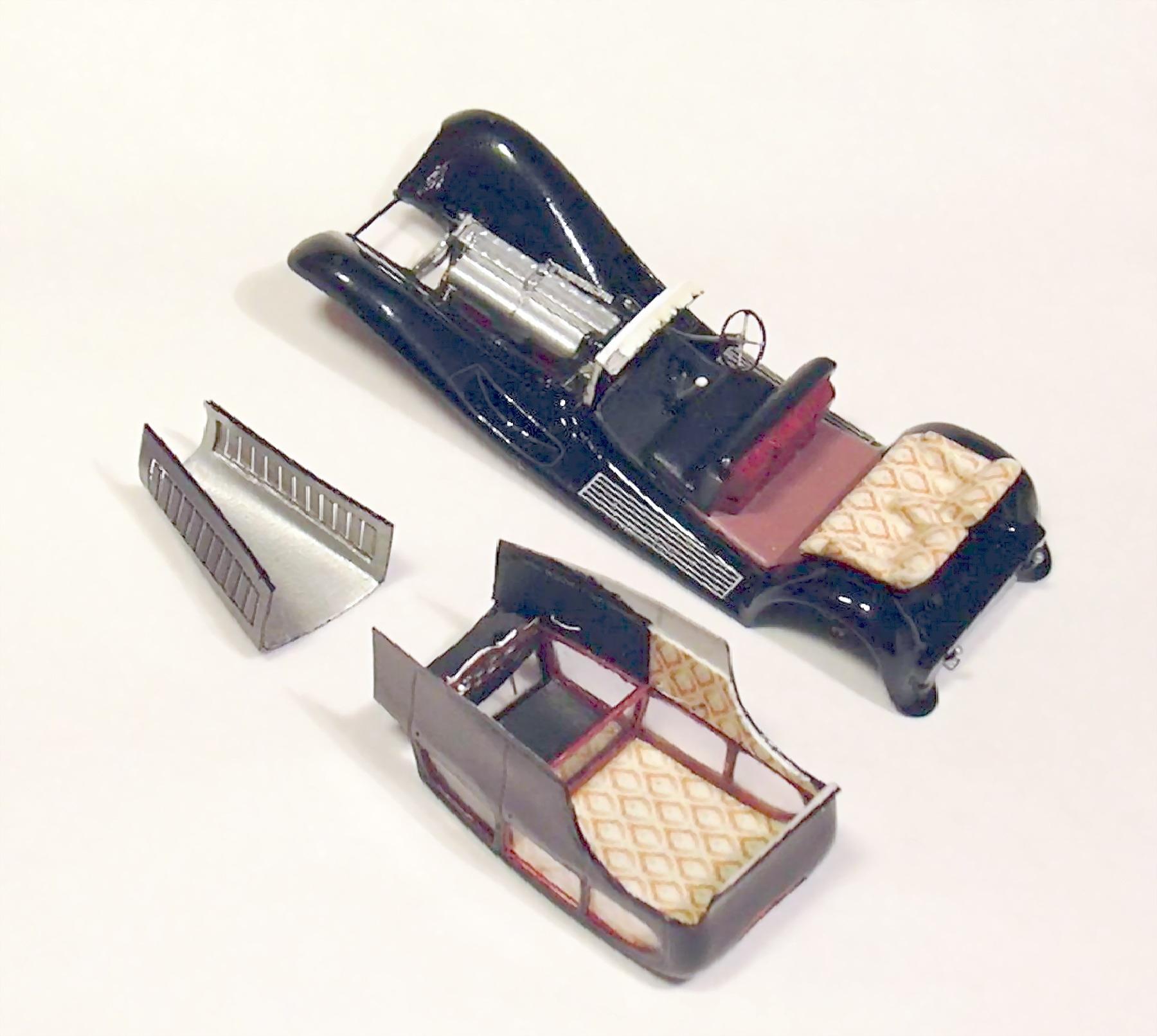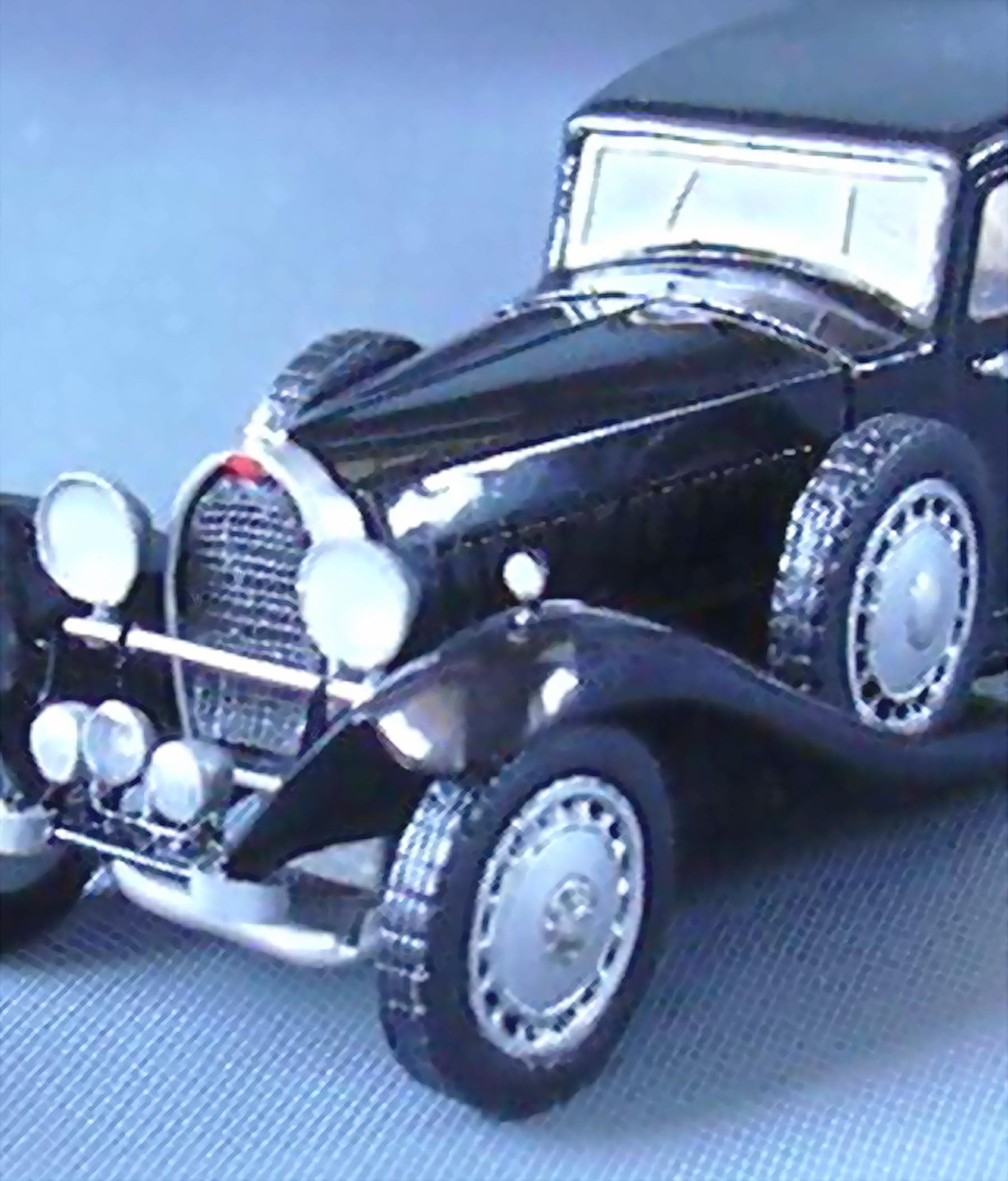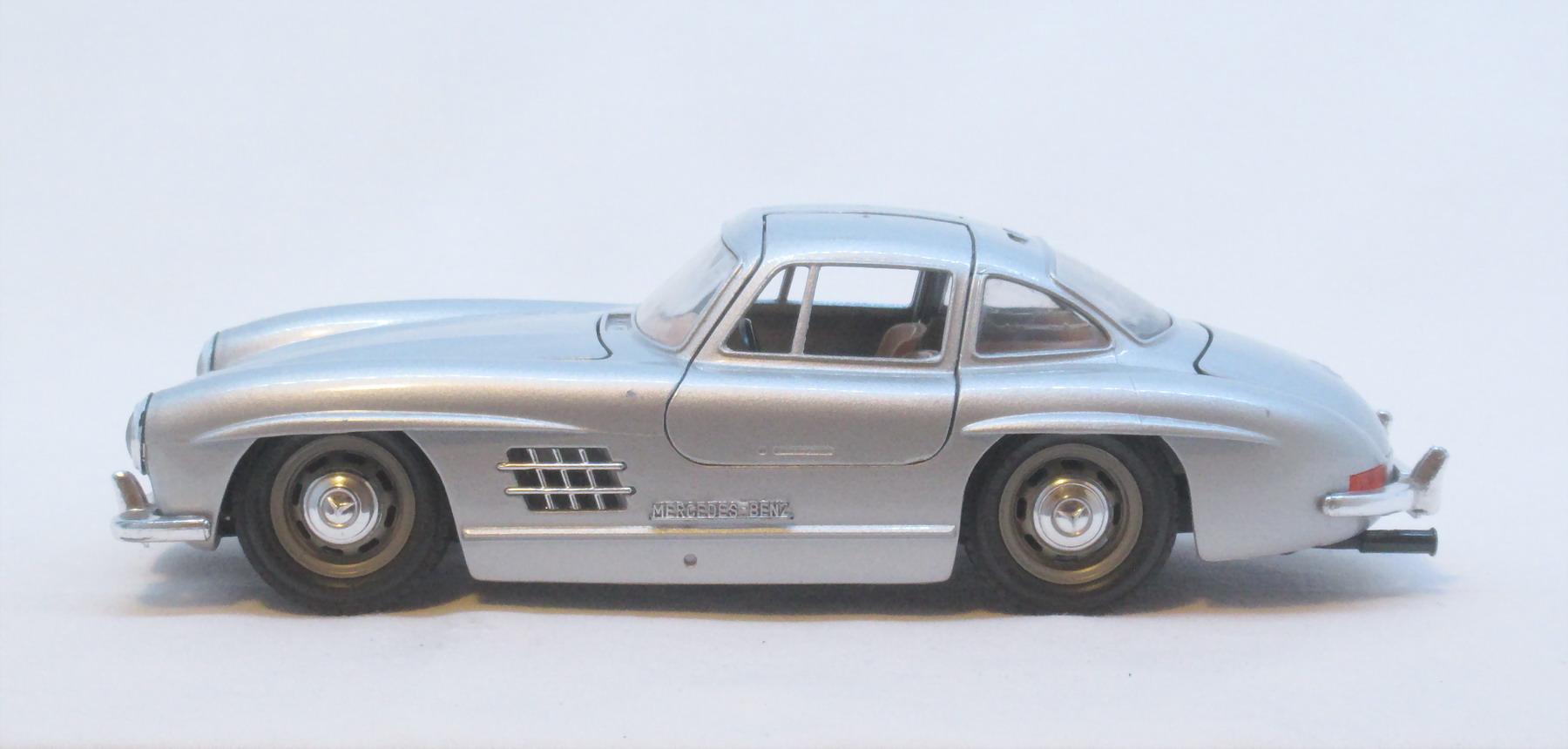-
Posts
481 -
Joined
-
Last visited
Content Type
Profiles
Forums
Events
Gallery
Everything posted by caapa
-
Apollo Project Evo 2021 Bet you felt even more intense emotions when you saw this car. Two years after the Intensa Emozione Apollo Automobili came to the 2021 International Import Expo in Shanghai, China with the very cool looking Project Evo convincing us that otherworldly design isn't out of style just yet. The car comes with an engine twin turbo, V12, 6,6 litre and 1550 ps. Accelerating from 0–97 km/h in 2.7 seconds, with a projected top speed of 335 km/h. Rumors suggest that the car will have a price tag of about $3 million. An Evo was seen in Croatia in orange-black paint combo a few weeks ago. The model is made by XHD/China in 1:24 scale Enjoy the pictures.
- 447 replies
-
- 1
-

-
- conceptcar
- showcar
-
(and 1 more)
Tagged with:
-
You can open. Only remove the blocking elements inside and it works. BUT there is no "engine" and "luggage-box".
-
Apollo Intensa Emozione Hypercar 2019 This car has an organic elegance that other modern hyper-cars strive for, but are unable to deliver. The design is all about manipulating the air around and through the vehicle with the highest aerodynamic efficiency. The chassis is a carbon monocoque with front and rear subframes and has a total weight of a mere 105kg. The engine is a Ferrari derived 6.3-liter V-12 that delivers a total of 780 horsepower. It accelerates to 100 km/h in 2,7 sec and able to hit a top speed of 333 km/h. Only 10 examples will be built, each with a starting price of 2,3 million Euros. It's all supposed to be sold. The model is made by Siku in 1:64 scale (about). Enjoy the pictures.
- 447 replies
-
- conceptcar
- showcar
-
(and 1 more)
Tagged with:
-
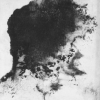
1970 Opel GT 1900 - the "Baby Corvette" (1/24)
caapa replied to 1959scudetto's topic in Diecast Corner
Oh YES ! One of my all time favorite. Very nice models. I had one in 1:66 Schuco the GT version but my little son lost it. Many years later I could replace it. -
Thank you very much for the praiseful words. I appreciate your regular comments.
- 447 replies
-
- conceptcar
- showcar
-
(and 1 more)
Tagged with:
-
1-75 story 24 Bugatti Royale 16 pc. Ettore Bugatti started the Royale series in 1929 and finished it in 1939. He built 11 different bodies for 6 chassis. After all, I went down a similar path in making my 16 pcs Royale models. In 1999 after I finished building a Napoleon Coupe 1:24 plastic kit saw a Marks fire engine with ladder in 1:87. I thought I could do something like this because the Royale chassis resembled a ladder. So I was inspired to build a Royale in my well proven 1:75 scale. The prototype chassis was completed in 1999. I was satisfied. As I got help from a plastics processing company with vacuum moulding the body panels I made the models of the first Royale prototype in open and softtop up in 2000. I took the models to an auto model collectors exhibition. There I met the Haris brothers - car museum owners and model makers in museum-quality - and they enthusiastically encouraged me to continue the series, saying: „ You should be doing this and not building rubbish kits.” (excuse me for the „rubbish” – they used this expression) I got a lot of information and side views of the Royale bodies from the brothers. The next step was to build the 3 other bodies which ones were set on the prototype chassis – Fiacre, Berline and Weyman Coupe – finished in 2001. After extensive data collection and preparation of the drawings I made 4 models, 2 of Weinberger Cabiolet open in original form in black and the „Viktoria” variant with softtop up as it is in the Ford museum. The other 2 are the Esders Roadster, one of them is with open doors and hood. They were ready in 2006. The last series was completed in 2009: Berline de Voyage with open and hartop driver compartment, Napoleon Coupe, Kellner Coach, Fosters Limousine and Binder Coupe. Someone told me that this is the only complete Royale series in the world in such a small size. I would be satisfied with the testimony that it is one of the rare series.
- 447 replies
-
- conceptcar
- showcar
-
(and 1 more)
Tagged with:
-
Thank you Helmut and Gary for the nice coments. Yes, it needed some time and work but I enjoyed the detailing. Some of tham isn`t really visible in the engine bay - everything is dark grey and black.
- 447 replies
-
- conceptcar
- showcar
-
(and 1 more)
Tagged with:
-
Chevrolet Corvair Monza GT Coupe 1962 The concept car based mainly on Corvair components but the engine was 180° turned and befor the rear axle mounted. Later a turbo was added too. It was a really midengine layout against the rearend engine of the production Corvair. That solution made the car rear heavy and unsafe according to Mr. Ralph Nader. The GT coupe was followed by a Spyder and could be go in production but both remained concepts. The budy design had influence on Pontiac Banshee prototypes 1964 and the Corvette C3 1968 in the production. The model is produced by Nacoral/Spain in 1:24 scale. I received information about this - for me unknown – model and finally the model too from 1959scudetto. Many thanks for inspiration and help. I completely disassembled and striped the model. I scratch built new passanger compartment and engine bay, made a new rearend panel, air inlets behind the door, front direction indicators, fuel filler, rear-view mirrors in- and outside and windscreen wipers. Enjoy the pictures.
- 447 replies
-
- 1
-

-
- conceptcar
- showcar
-
(and 1 more)
Tagged with:
-

Alfa Romeo Giulietta Sprint Speciale (ixo, 1/24), ca. 1959
caapa replied to 1959scudetto's topic in Diecast Corner
I really liked this car from the beginning. I have the models in 1:24 - light blue - and in 1:64 made by Penny (repainted and "chrome plated") -
Thank you Gary the nice comment.
- 447 replies
-
- conceptcar
- showcar
-
(and 1 more)
Tagged with:
-
Alfa Romeo TZ3 Corsa 2010 The Zagato workshop revived the TZ series in 2010, commissioned by a German collector Martin Kapp. Zagato contributed to Alfa Romeo’s centenary year and honouring 100 years of races and victories across the whole 20th century by releasing the TZ3 Corsa at the Villa d’Este Concourso d’Eleganza. It received the „Design Award” for the best concept car or prototype picked by public referendum. It’s a race-bred supercar intended for track use that evokes the legendary TZ and TZ2 which Zagato crafted in the sixties. BTW, the type name is short for „Tubulare Zagato”. But this uses a carbon-fibre monocoque however there are enough tubular elements to the chassis to justify the name. The body made of aluminium and this combination results a light, only 850 kg car. The engine is the Ferrari-derived 4200 cc V8, 420 bhp of the Alfa Romeo 8C Competitione located front-mid, longitudinal and has one of the best and loudest exhaust notes on earth. The top speed is about 300 km/h, the accelerating is 3,5 sec 0 – 100 km/h. The car never races used only on track days by the owner. The model is made by Kyosho 1:64 scale. Enjoy the pictures.
- 447 replies
-
- 1
-

-
- conceptcar
- showcar
-
(and 1 more)
Tagged with:
-
Bugatti Royale Type 41 Binder Coupe de Ville 1939 The Esders Roadster was sold to the French politician Raymond Patenôtre. Another story tells that King Carol II of Romania bought the car and commisioned the coach builder Henri Binder to build this new body. But the WWII prevented his taking delivery in 1939. During the war it was hiden from the Nazis by storing it in the sewers of Paris. After some english and american owners Air Force Reserve Major General William Lyon offered the car during the 1996 Barrett-Jackson Auction with a reserve of $15 million. Mr. Otto and Lajos Haris – hungarian auto museum owners in Budapest and Las Vegas – gave a price estimate on request the auction house. The estimate was $11 million and the best offer was also $11 million only – the car was not sold. In 1999 Volkswagen AG bought the car for a reported $20 million. Now used as a Bugatti brand promotion vehicle and travels to various museums and events. The models with open and hardtop driver compartment are built the same way as the other ones. Since I exhibited the Royale chassis first time on a model collector exhibition the Haris twin brothers gave me inspiration and help to build these 17 little models. Emjoy the pictures.
- 447 replies
-
- 1
-

-
- conceptcar
- showcar
-
(and 1 more)
Tagged with:
-
Maserati MC 20 Coupe 2020 In 2020 it was high time Maserati made a real sports car. The MC20 is everything a Maserati supercar should be—thrilling, characterful, and lust-worthy. The engine is a 90-degree V6, 2992 cc, 621 hp twin-turbo with a cacophony of wild engine sounds to its butt-kicking performance. The accelerating just 3,2 sec to 100 km/h and shot through the quarter-mile in 11.0 seconds at 211 km/h. Maserati claimed the engine is "100% Maserati" but in fact there are a lot of similarities to Ferrari and Alfa Romeo V6`s in that time. The MC name refers to Maserati Corse—a signal that the brand will soon re-enter racing events with a track-only variant of the car. The model is made by Double Horses/China 1:24 scale.
- 447 replies
-
- 1
-

-
- conceptcar
- showcar
-
(and 1 more)
Tagged with:
-
Porsche 917 K Martini Le Mans 1971 Ferdinand Piëch the designer of the 917 said about the car:“it was the greatest risk of my life.” Never be more successful at a risk in life. One of the greatest victory of the 917 was the 39th Le Mans 24 Hours in 1971. It was the first time that drivers had a rolling start. There was 19 Porsches nominated in field and 6 ended the race. Gijs van Lennep and Dr. Helmut Marko were the winner in car #22 with an averaged 222km/h, covering a distance of 5,335km. The short-tail car based on a magnesium-alloy chassis with 4.5-litre twelve-cylinder engine and over 600 hp. Attwood and Müllers Porsche followed 3 laps behind. The two Porsches were the first cars to cover over 5000 km in the race. It was a distance record that stood for 39 years until beaten by Audi in 2010. The car #22 went from Le Mans directly to Porsche Museum and never raced again. The model made by Schuco 1:66. I custom painted and decaled the car. Enjoy the pictures.
- 447 replies
-
- 1
-

-
- conceptcar
- showcar
-
(and 1 more)
Tagged with:
-
- 447 replies
-
- conceptcar
- showcar
-
(and 1 more)
Tagged with:
-
The two side panels with the ventilation grille are photoetched, glued over an opening of the vacuumformed plastic hood. Theoretically, the plates of the grille can be opened but the plate thickness and the joints of the grill plates are only 0,1 mm thick. If the two photocopies on the two sides are only 0.02 - 0.04 mm apart, the hinge points can are only 0,08 - 0,06 mm and can easily break by opening. Unfortunately this has happened a few times so there are models with no open plates.
- 447 replies
-
- conceptcar
- showcar
-
(and 1 more)
Tagged with:
-
Bugatti Royale Type 41 Binder Coupe de Ville 1939 The Esders Roadster was sold to the French politician Raymond Patenôtre. Another story tells that King Carol II of Romania bought the car and commisioned the coach builder Henri Binder to build this new body. But the WWII prevented his taking delivery in 1939. During the war it was hiden from the Nazis by storing it in the sewers of Paris. After some english and american owners Air Force Reserve Major General William Lyon offered the car during the 1996 Barrett-Jackson Auction with a reserve of $15 million. Mr. Otto and Lajos Haris – hungarian auto museum owners in Budapest and Las Vegas – gave a price estimate on request the auction house. The estimate was $11 million and the best offer was also $11 million only – the car was not sold. In 1999 Volkswagen AG bought the car for a reported $20 million. Now used as a Bugatti brand promotion vehicle and travels to various museums and events. The models with open and hardtop driver compartment are built the same way as the other ones. Since I exhibited the Royale chassis first time on a model collector exhibition the Haris twin brothers gave me inspiration and help to build these 17 little models. Emjoy the pictures.
- 447 replies
-
- 1
-

-
- conceptcar
- showcar
-
(and 1 more)
Tagged with:
-
Bugatti Royale Type 41 Kellner Coach 1932 In 1931 encouraged by the Esders and Fuchs sales, Ettore prepared to penetrate the royalty-sensitive British market. To do so, he commissioned one of Paris' most distinguished coachbuilders, Kellner, to design and build for this chassis a gran tourisme which would be the last word in good taste. The presentation at London's Olympia Show the car bearing a price tag of 6,500 pounds - $32,500 of the time – it was by far the most expensive car on display at the show. It was praised for its exquisite proportions and nobility of line, but no sales took place. So this showpiece remained in the Bugatti family and later it was one of the two Royales obtained from L'Ebe Bugatti by Briggs Cunningham. I read an article on the internet about how the car from the museum was brought to life for a car show for journalists in the 21st century. Was not easy, because despite all the careful preparation, the car could not even climb the nearby hill at first. With further attempts, the car worked better and better and finally, even with 5 people loaded, it easily made it up the hill. The journalists couldn't stop marvel about its performance. The model built the same way as the other ones. Enjoy the pictures.
- 447 replies
-
- 2
-

-
- conceptcar
- showcar
-
(and 1 more)
Tagged with:
-
Oh yes ! This isn`t the usual design from Aston.
- 447 replies
-
- conceptcar
- showcar
-
(and 1 more)
Tagged with:
-
Aston Martin AMR Pro 7,0 V12 2017 Aston Martin had built and delivered the limited amount of 24 Vulcans to customers. After than they started thinking about how to make it quicker. And so the Aston Martin Vulcan AMR Pro was born. It is now a high-performance lightweight track-only car against the base Vulcan which is street legal. The AMR PRO package was unveiled at the 2017 Goodwood. Weight has been saved with optimisation of the carbon fibre lay-up and core form reducing the weight of the engine cover by 5 kg. Aerodynamic changes made at the front-end with louvred panels added above the front wheel arches to extract high pressure air and reduce aerodynamic lift. At the rear-end is a new rear wing of dual plane design: the main element of wing features a 20mm 'Gurney' flap - a simple but hugely effective upstand on the wing's trailing edge - which is supplemented by slotted wing endplates. The aero changes have also improved the aerodynamic balance of the Aston Martin Vulcan, shifting its Centre of Pressure forwards to improve traction, steering response and front-end grip. The engine is with 6,999 ccm, V 12, 811 hp, top speed 360 km/h, acceleration 0-100 km/h 3 sec. With this AMR Pro pack those 24 owners should be happier than ever. The model is made by a No-Name manufacturer in China 1:24 scale. The paintjob and the decoration of the racecar shall need some correction and completing. Enjoy the pictures.
- 447 replies
-
- conceptcar
- showcar
-
(and 1 more)
Tagged with:
-
BMW Turbo Prototype 1972 - 1973 Legendary designer Paul Bracq, BMW head of design from 1971 to 1974 was the creator of the iconic 1972 BMW Turbo, the first concept car in the brand’s history. That won the “Concept Car of the Year” award by the Revue Automobile Suisse that year. The car was a combination of design study and technological test laboratory and had a finely developed sense of active and passive safety. BMW presented the Turbo in 1972 as the world's first safety-oriented sports car. Only two examples were ever built in 1972 and 1973 – both at Michelotti in Turin. The first car was used mainly as show car on exhibitions. The second was the test car. The mid-engined sports car was powered by a 4-cylinder turbocharged engine with displacement of two litres. The engine developed maximum 200 to 280 hp – depending on the charge pressure of the turbocharger. Acceleration to 100 km/h in 6,6 sec, top speed 250 km/h. The Turbo saw BMW unveil the Anti-lock Braking System (ABS) on one of its cars for the first time. The mid-engine concept was then taken up again in 1978 for the series-produced BMW M1. The orange coloured model made by Schuco 1:66 scale and this is the model of the first version. I searched long time this model. As I found one in perfect condition I preferred not to paint over the original transition colour version. Rather than a Majorette 1:60 got the custom paintjob which one is the second version built. Enjoy the pictures.
- 447 replies
-
- conceptcar
- showcar
-
(and 1 more)
Tagged with:
-
Bugatti Royale Type 41 Foster Limousine 1933 The third sold car went to Capitan C.W.Foster in 1933. He brought the naked chassis to England and ordered a body at coachbuilder Park Ward. The car got a body very similar to Rolls Royces of the time no surprise, Park Ward was the official coachbuilder of Rolls Royce. The car is an immense seven-passanger, seven-window, partitioned limousine. This is the only Royal body, out of eleven, with side-mounted spare wheels. Interesting, the pattern of upholstery is the same design as in the Napoleon Coupe but while in that it is mainly blue in Fosters Limousine mainly brown. After WW 2, this Bugatti went through stations in the UK and the USA and came into the possession of the Schlumpf brothers in 1963. Today, this vehicle is also an integral part of the Cité de l’Automobile in Mulhouse.
- 447 replies
-
- 1
-

-
- conceptcar
- showcar
-
(and 1 more)
Tagged with:
-
Mercedes 300 SL 1954 In 1954 the 300 SL “Gullwing” was the sensation for sports car enthusiasts with its unique design and extraordinary power. The car was developed from the 1952 W194 racing car with a mechanical direct fuel injection system that increased the power to 215 hp of the 3 litre staight-six engine. The engine was built in side moulded left at 45 degrees to make the front flatter. The 0-100 km/h 10 sec and the top speed 263 km/h – all that made the SL („super light”) the fastest production car of its time. There was built only 1400 coupes. Later about 1800 roadsters were built too. The model is made by Bburago 1:24 scale. It seemed to be an early version with everything to open. Enjoy the pictures.
- 447 replies
-
- 1
-

-
- conceptcar
- showcar
-
(and 1 more)
Tagged with:
-
My condolences to his family and friends. I have missed his comments but we will meet in another world "keyser". János
-
Adams Probe 16 M-505 1969 Designers Dennis and Peter Adams designed the Probe in 1969 as 'an investigation into extremes of styling'. The brothers were, prior to Probe 16, well established with respect to 'futuristic' car construction, based on their contributions to the design and racing success of the Marcos car series. The car is powered by a mid-mounted tuned Austin 1800 engine, transversely mounted and is 86 cm in height, top speed 110 mph. It has 10" wheels on the front and 13" wheels on the back. Entry is via a sliding glass roof. The Probe 16 achieved a certain level of notoriety through its use in Stanley Kubrick's cult film " Clockwork Orange " from 1971. Only three were ever produced and still exist today. The model made by Yatming/Hongkong in 3” size. Enjoy the pictures.
- 447 replies
-
- conceptcar
- showcar
-
(and 1 more)
Tagged with:





